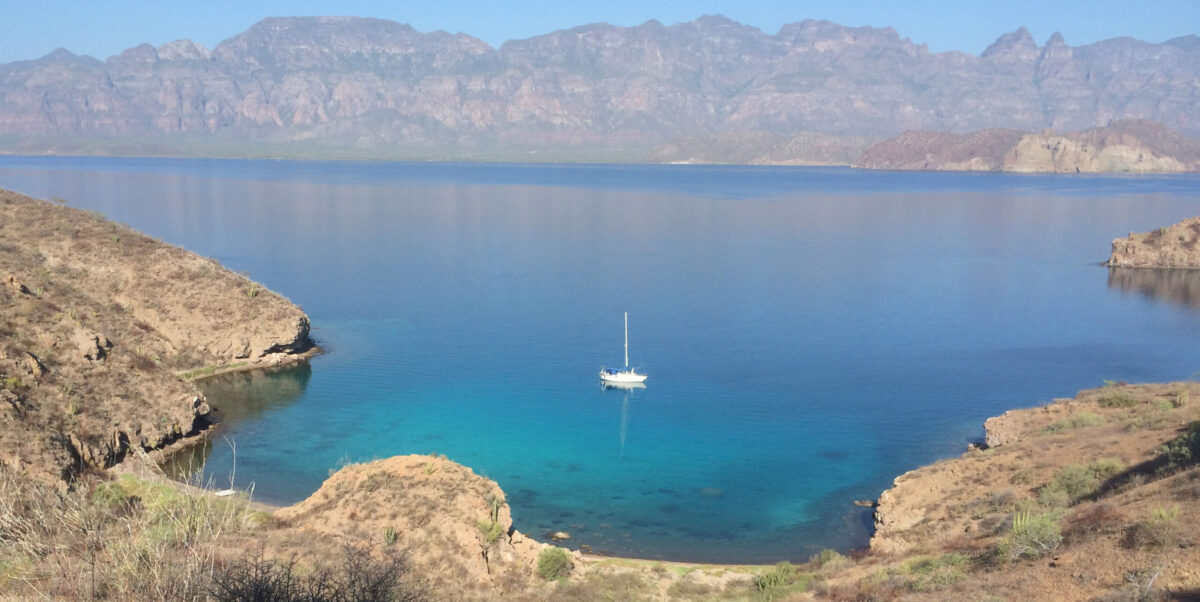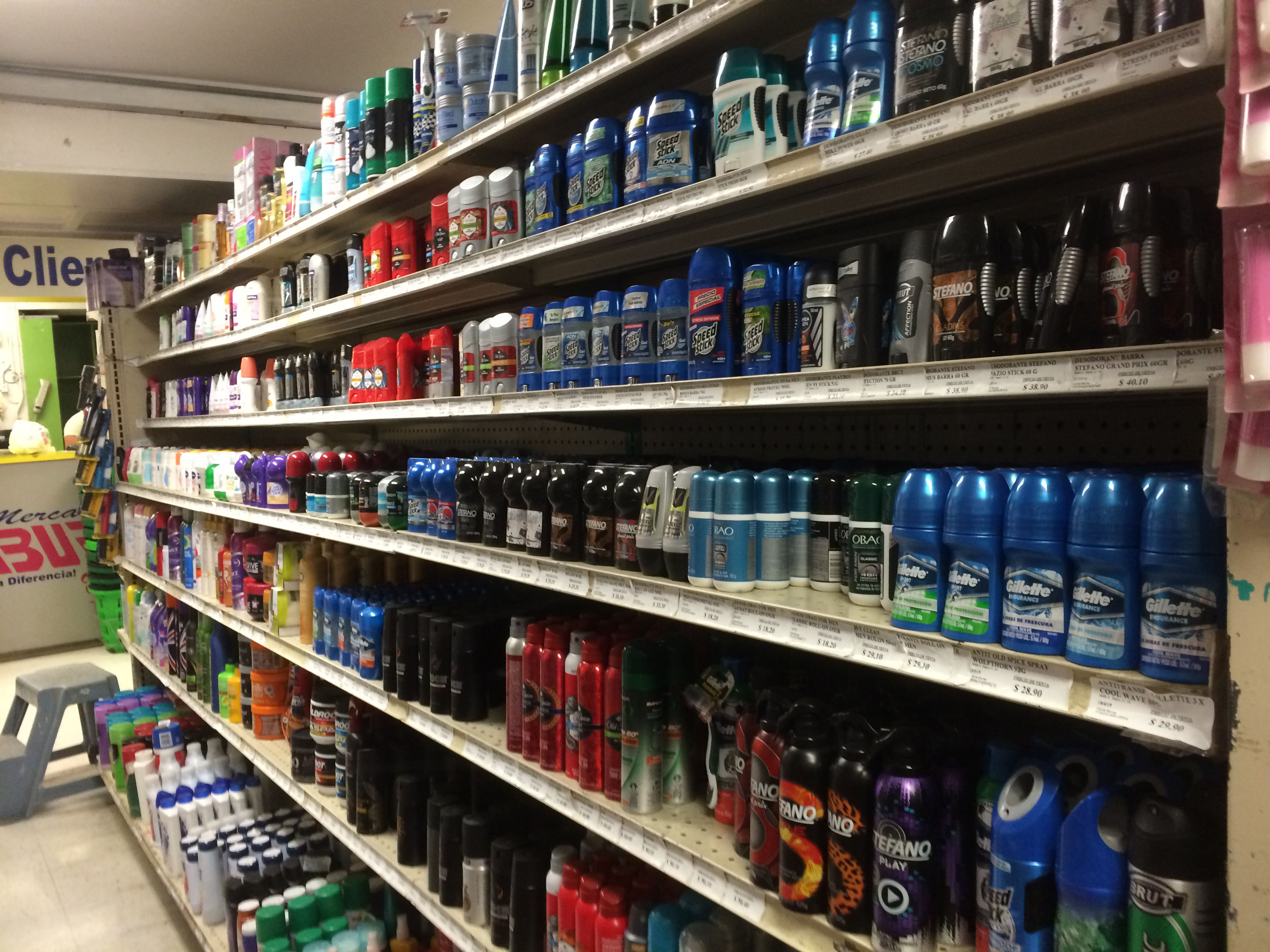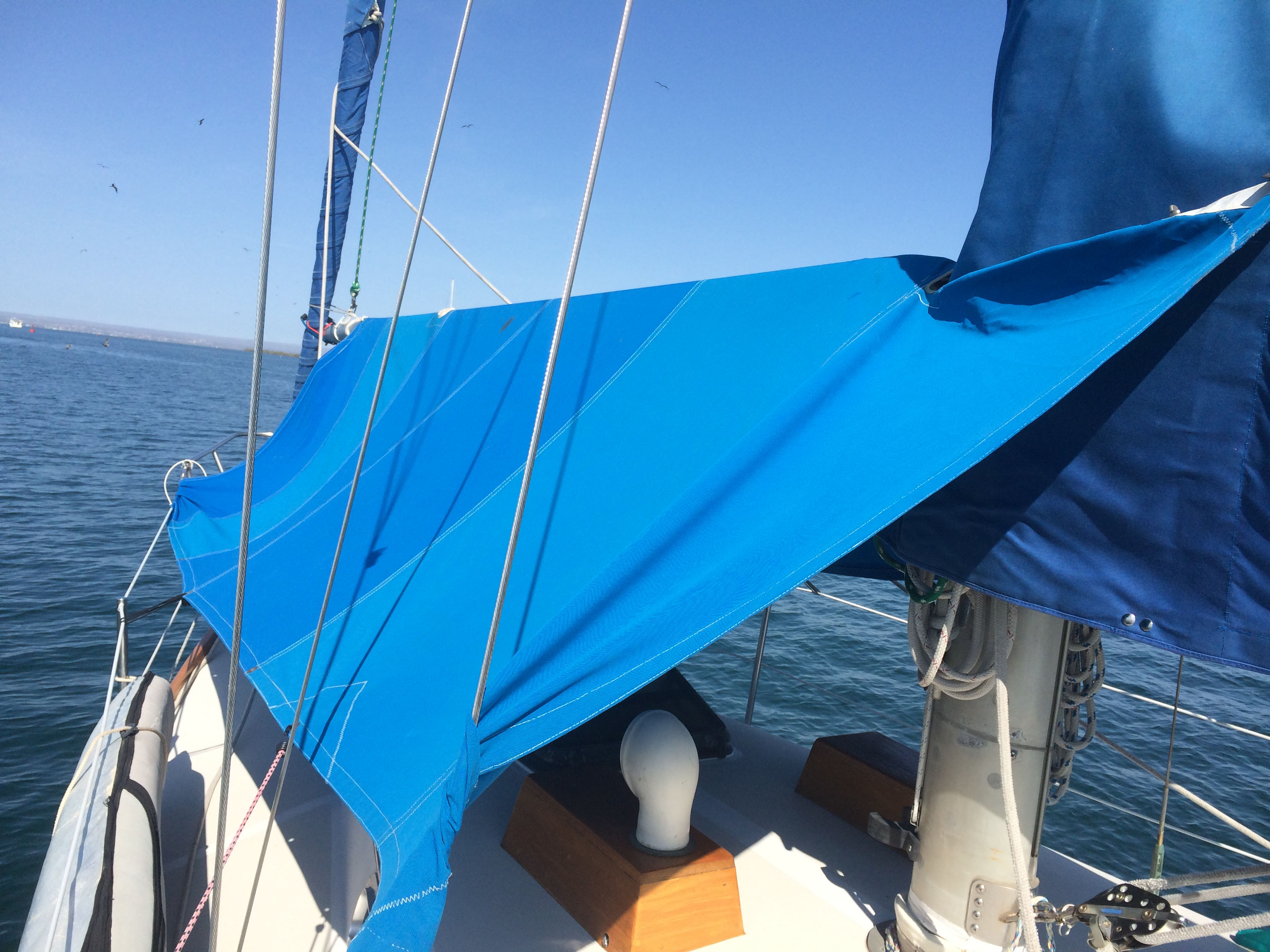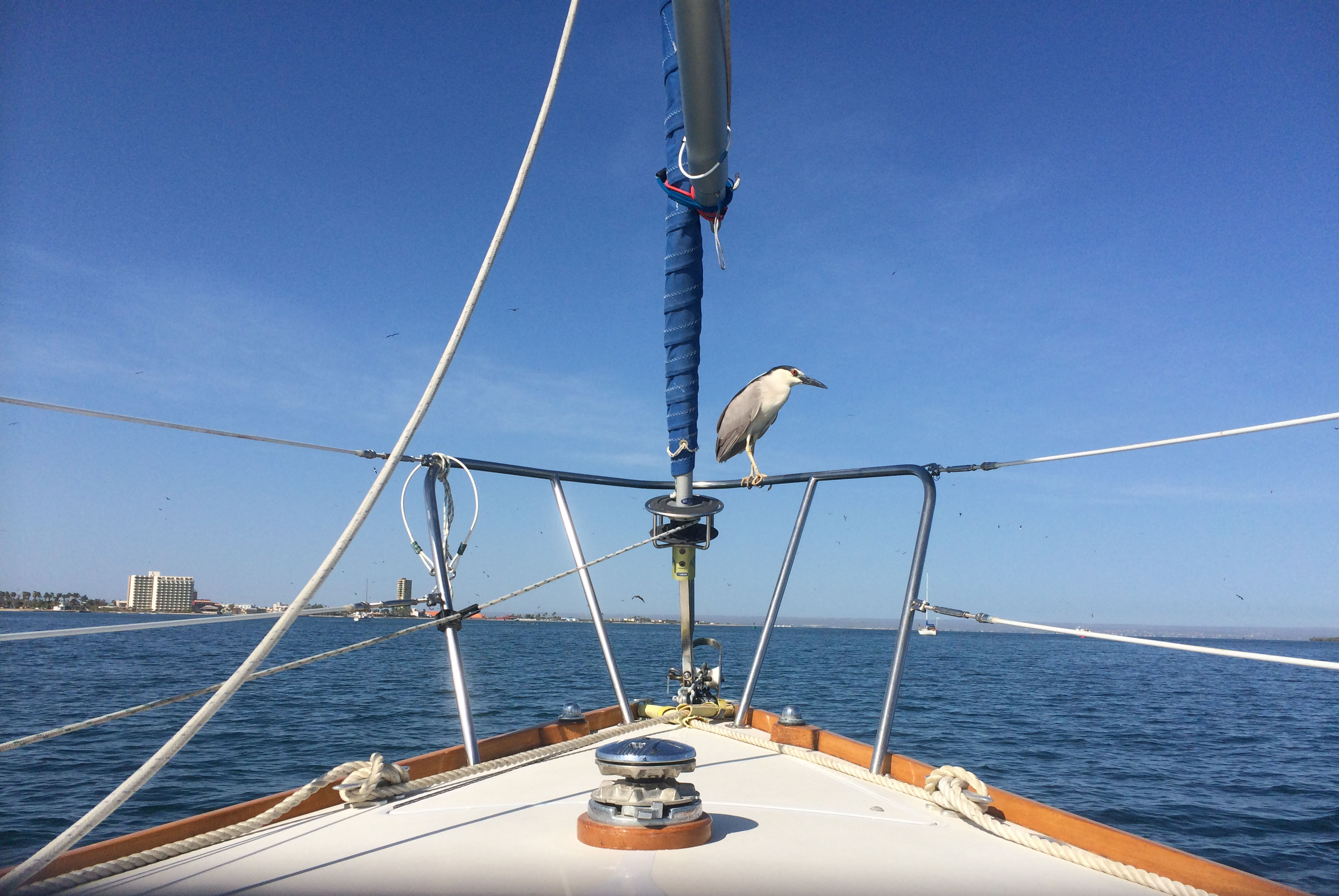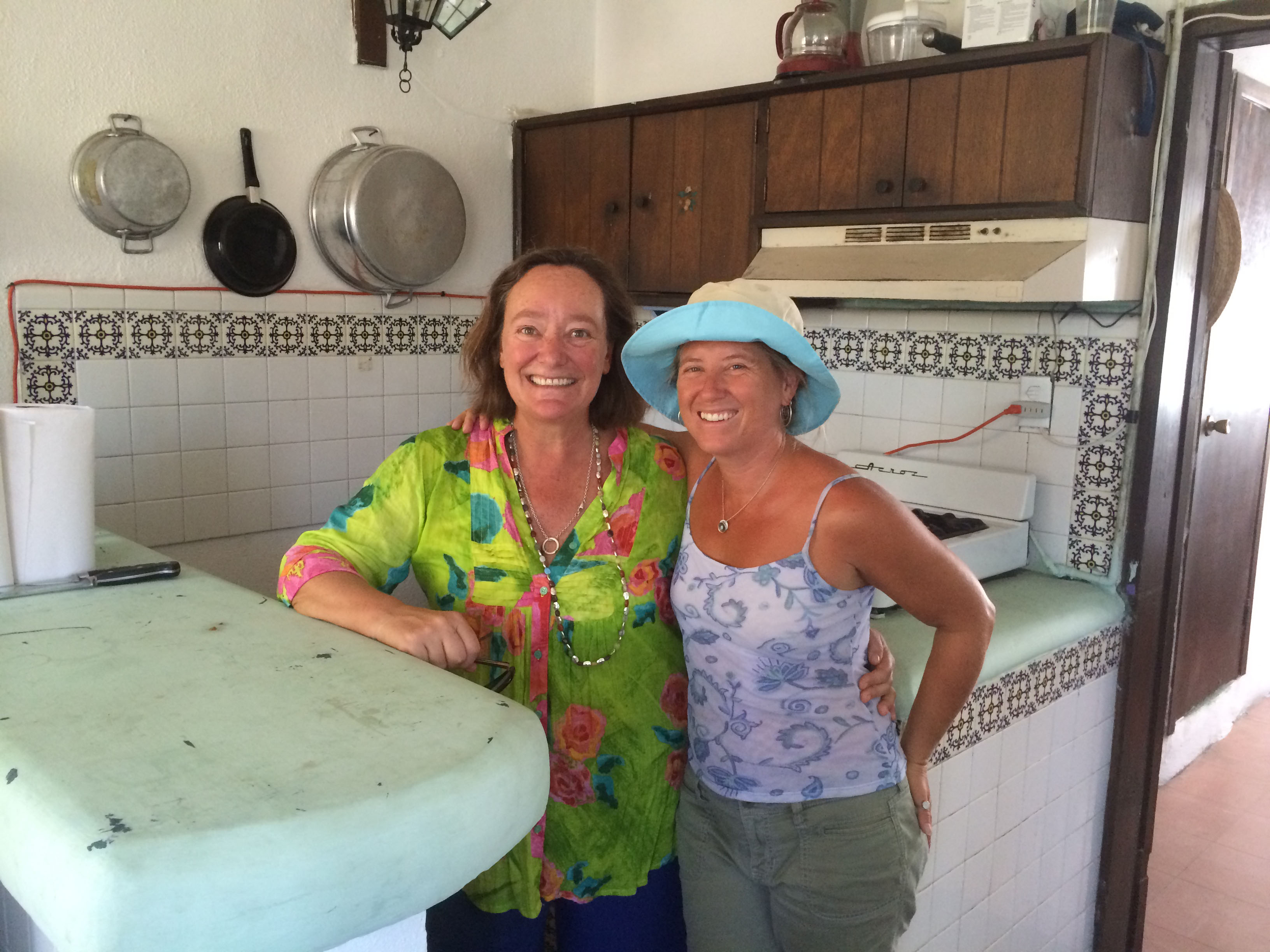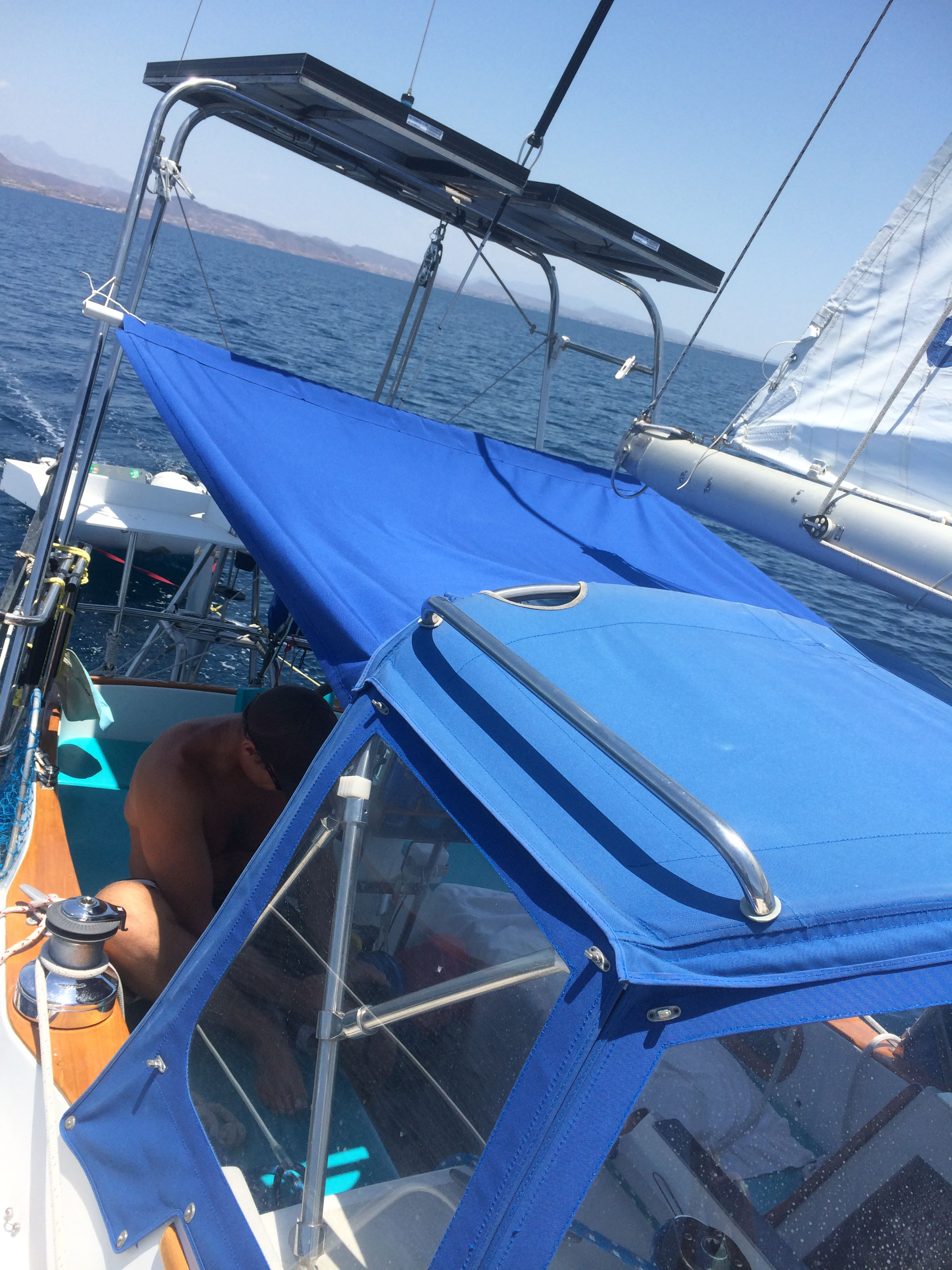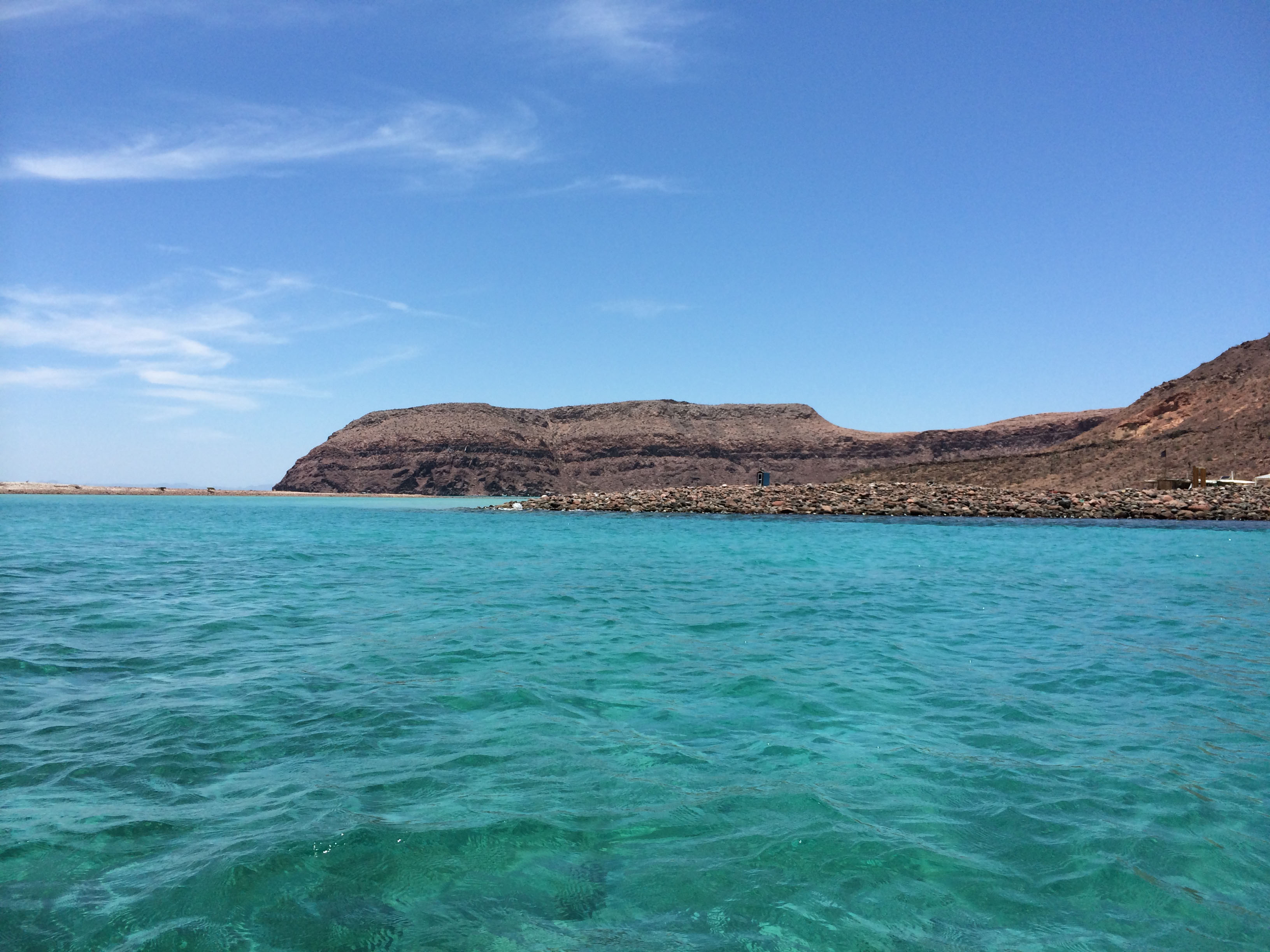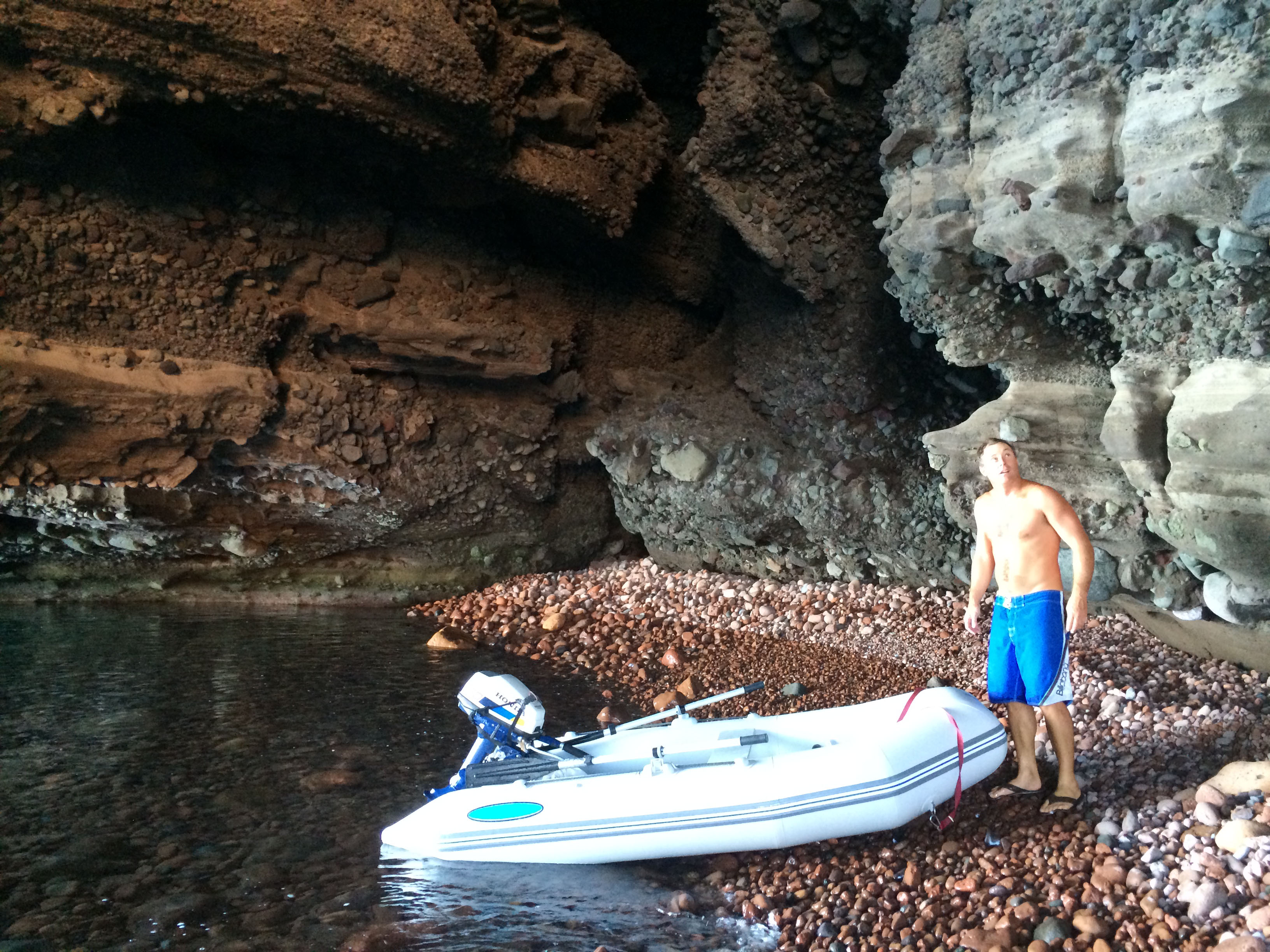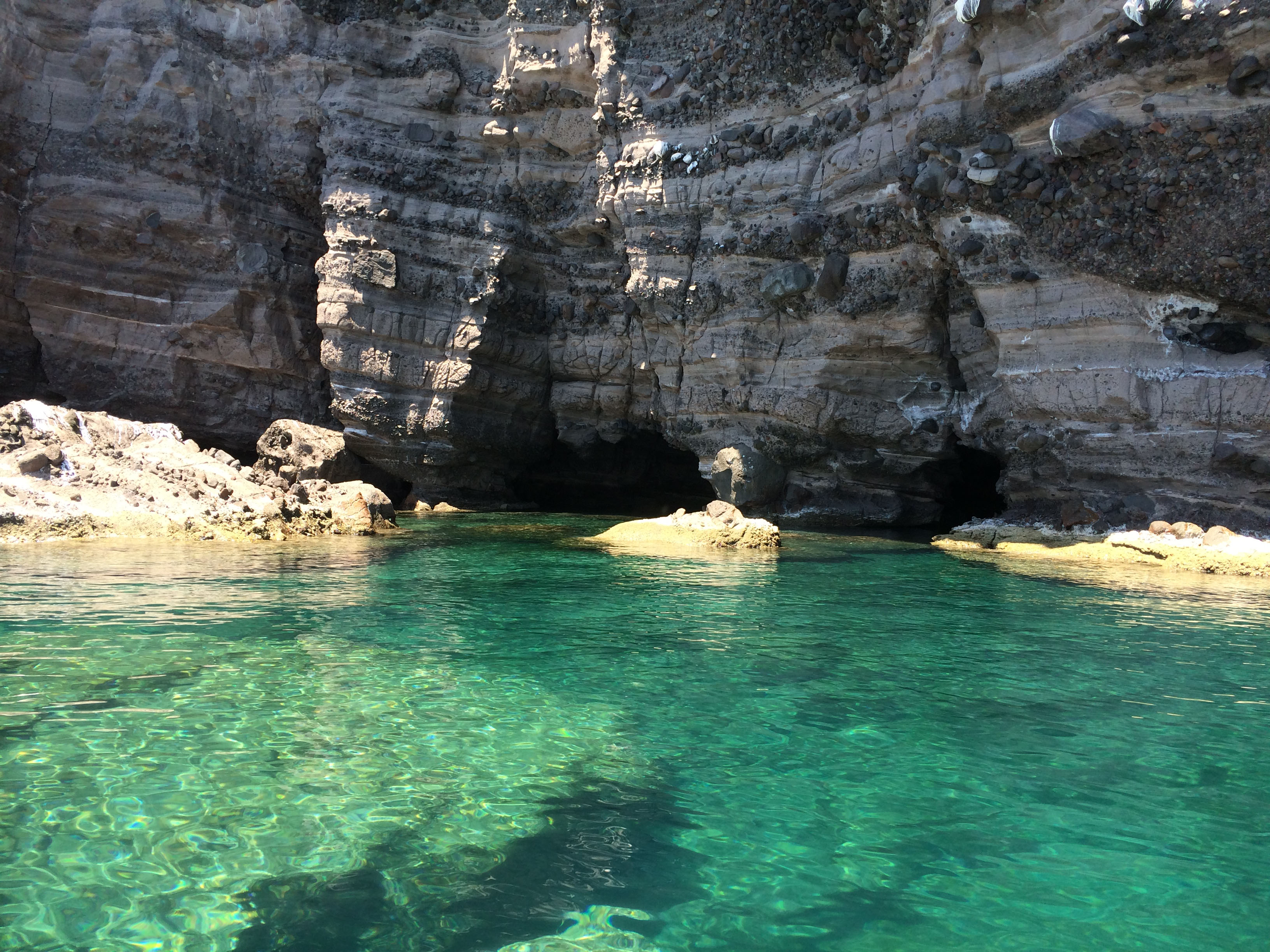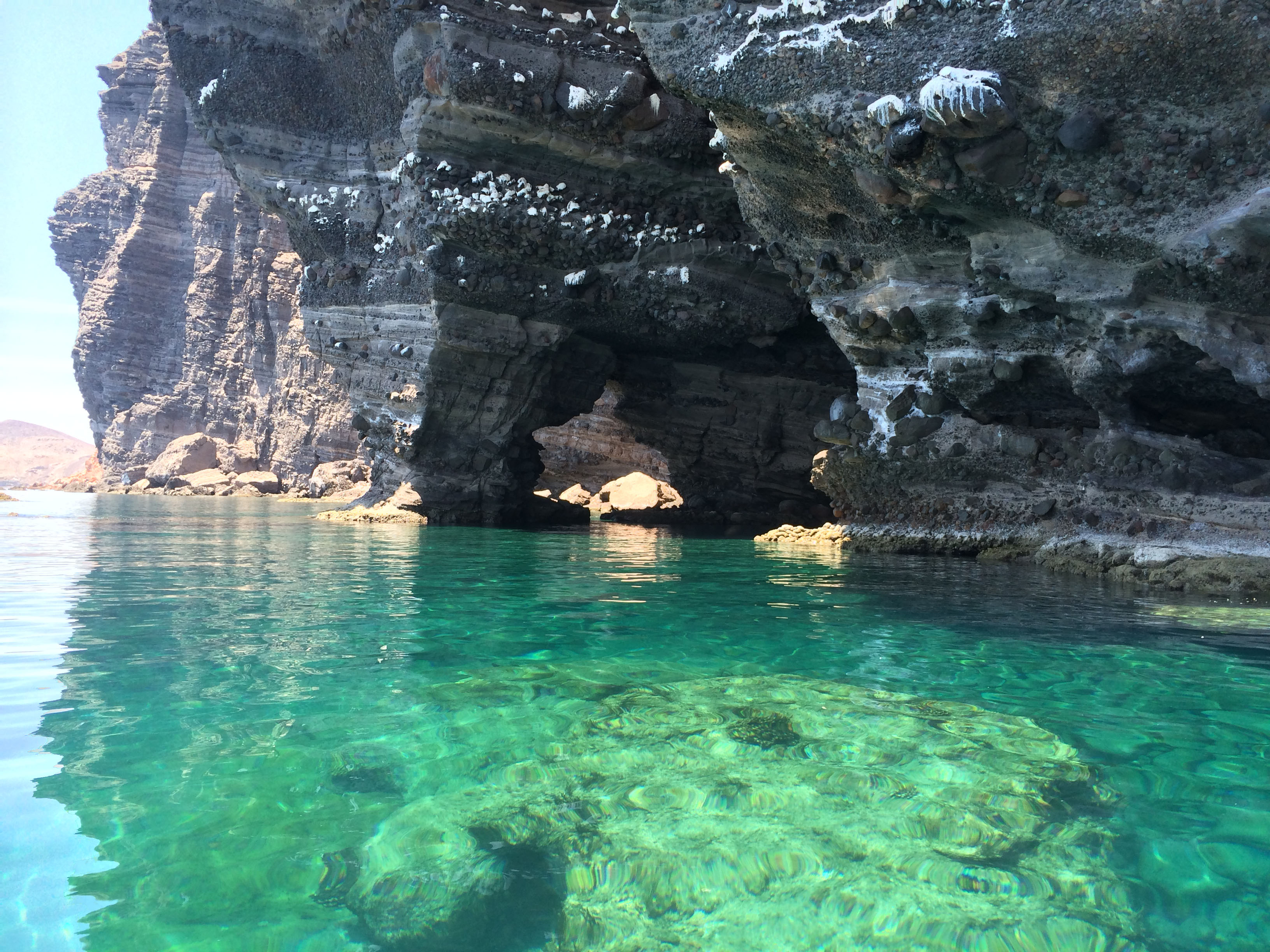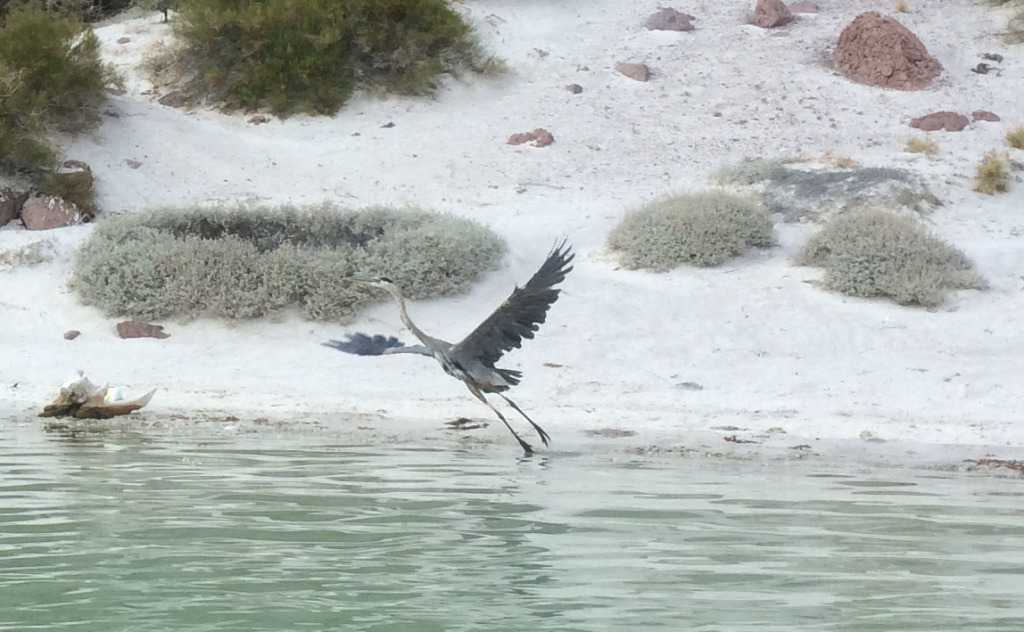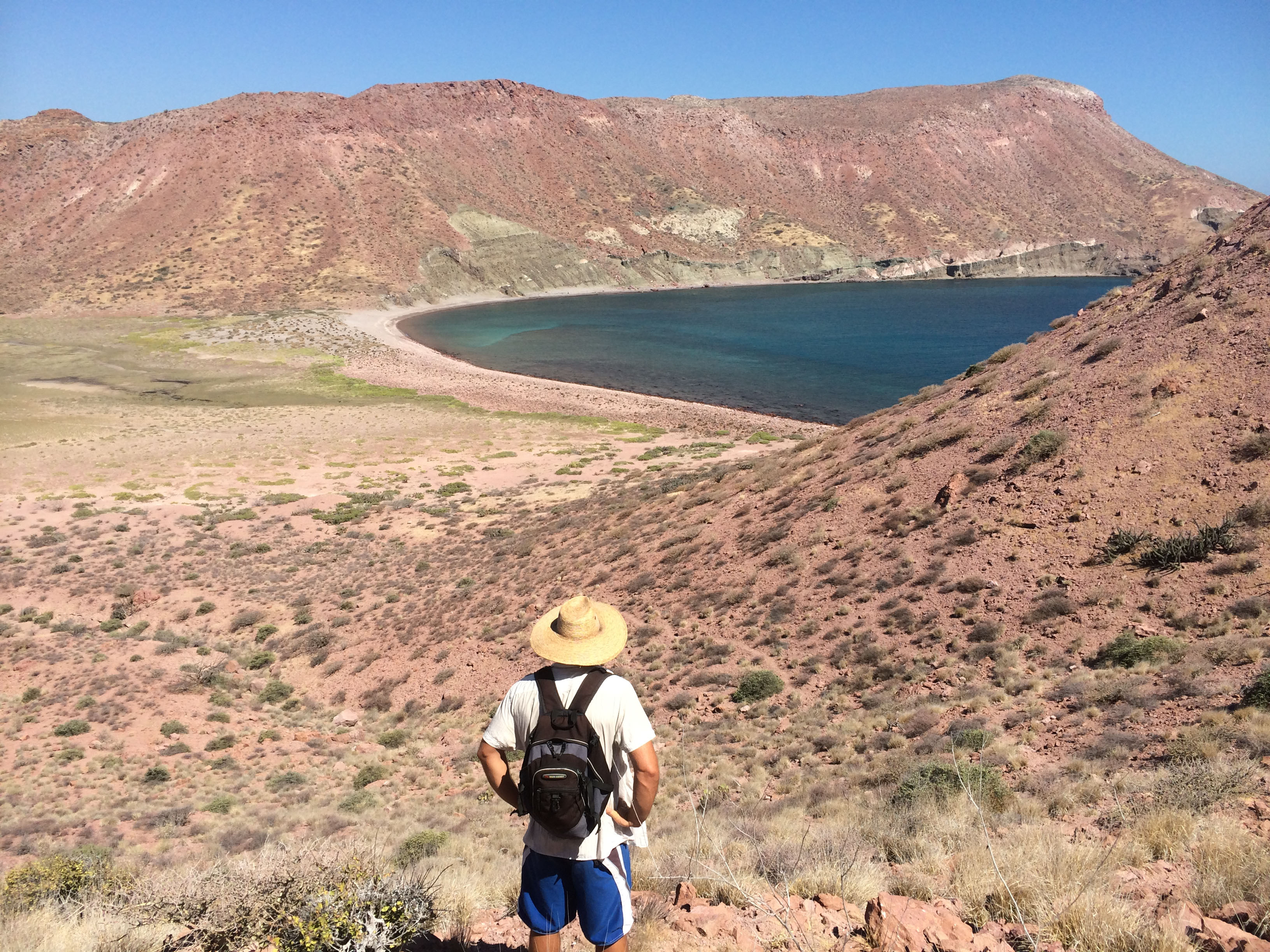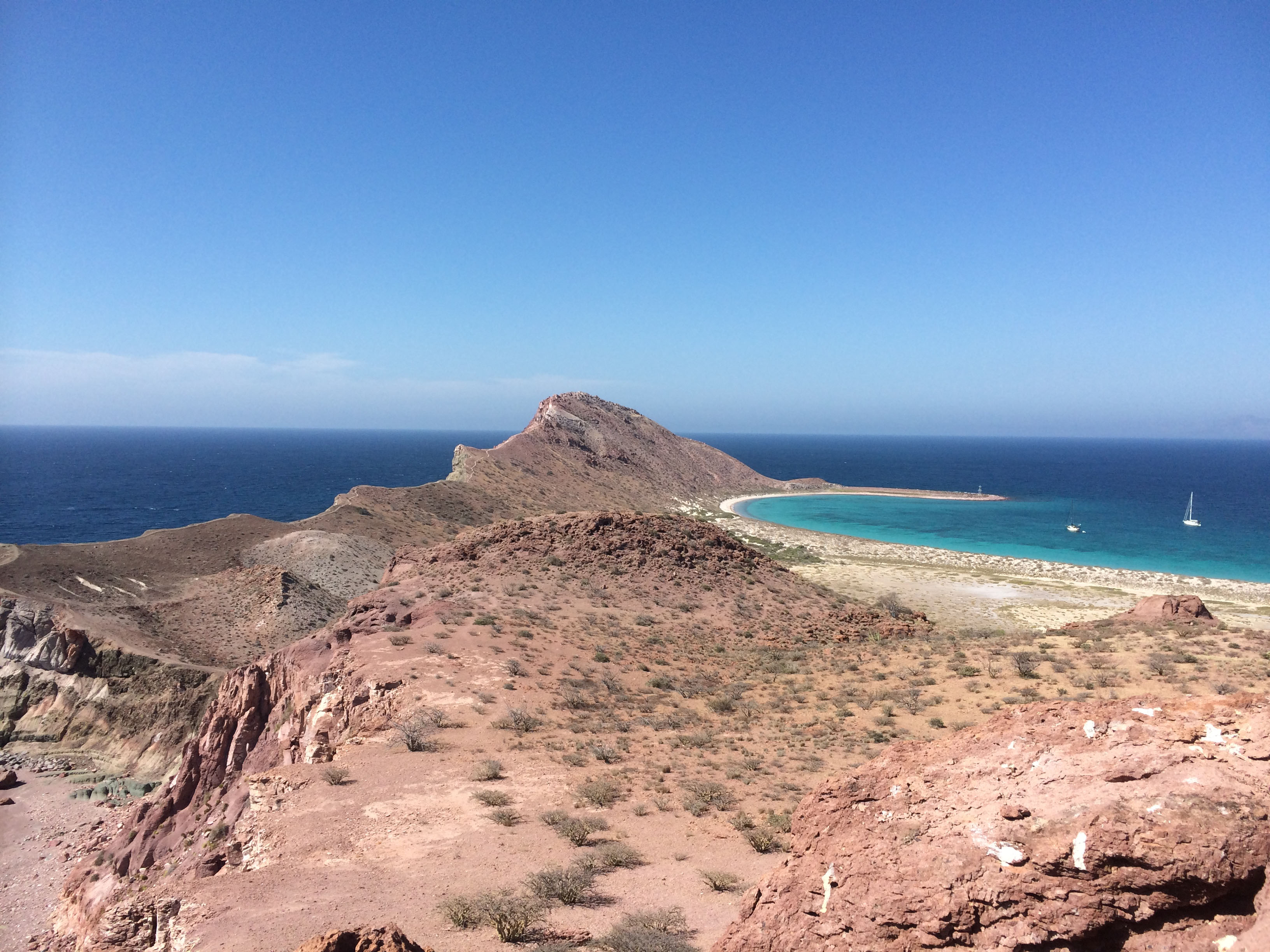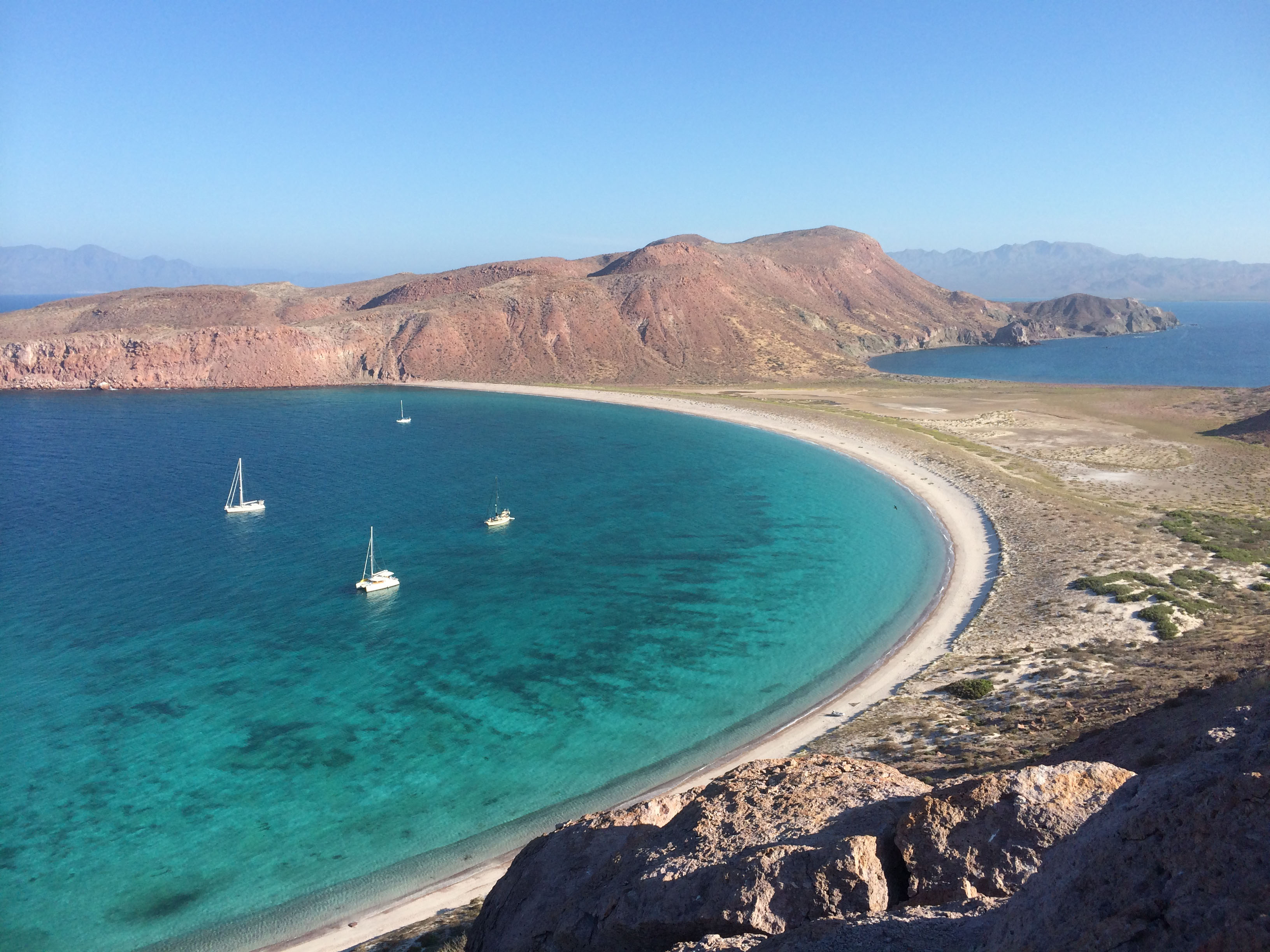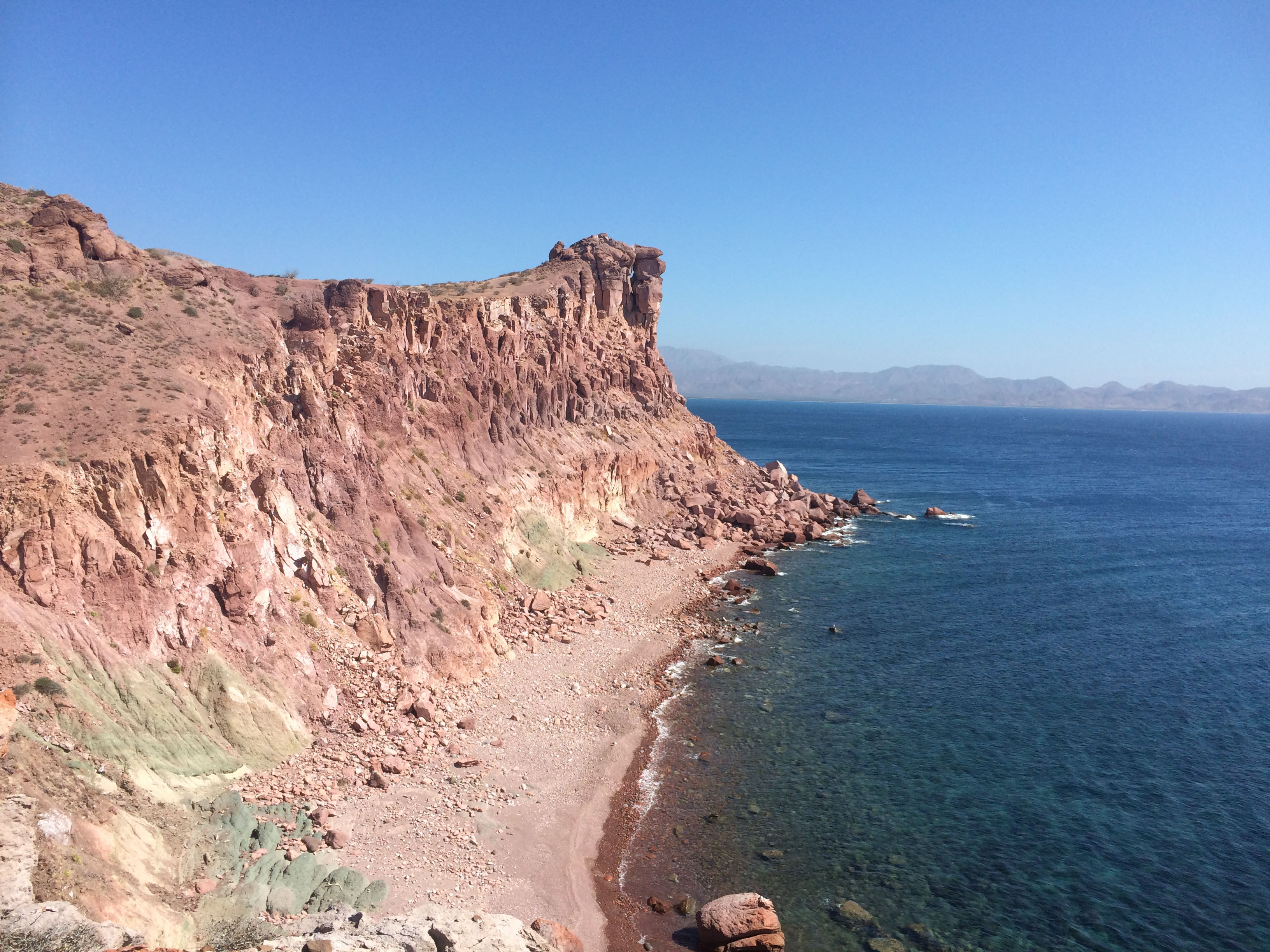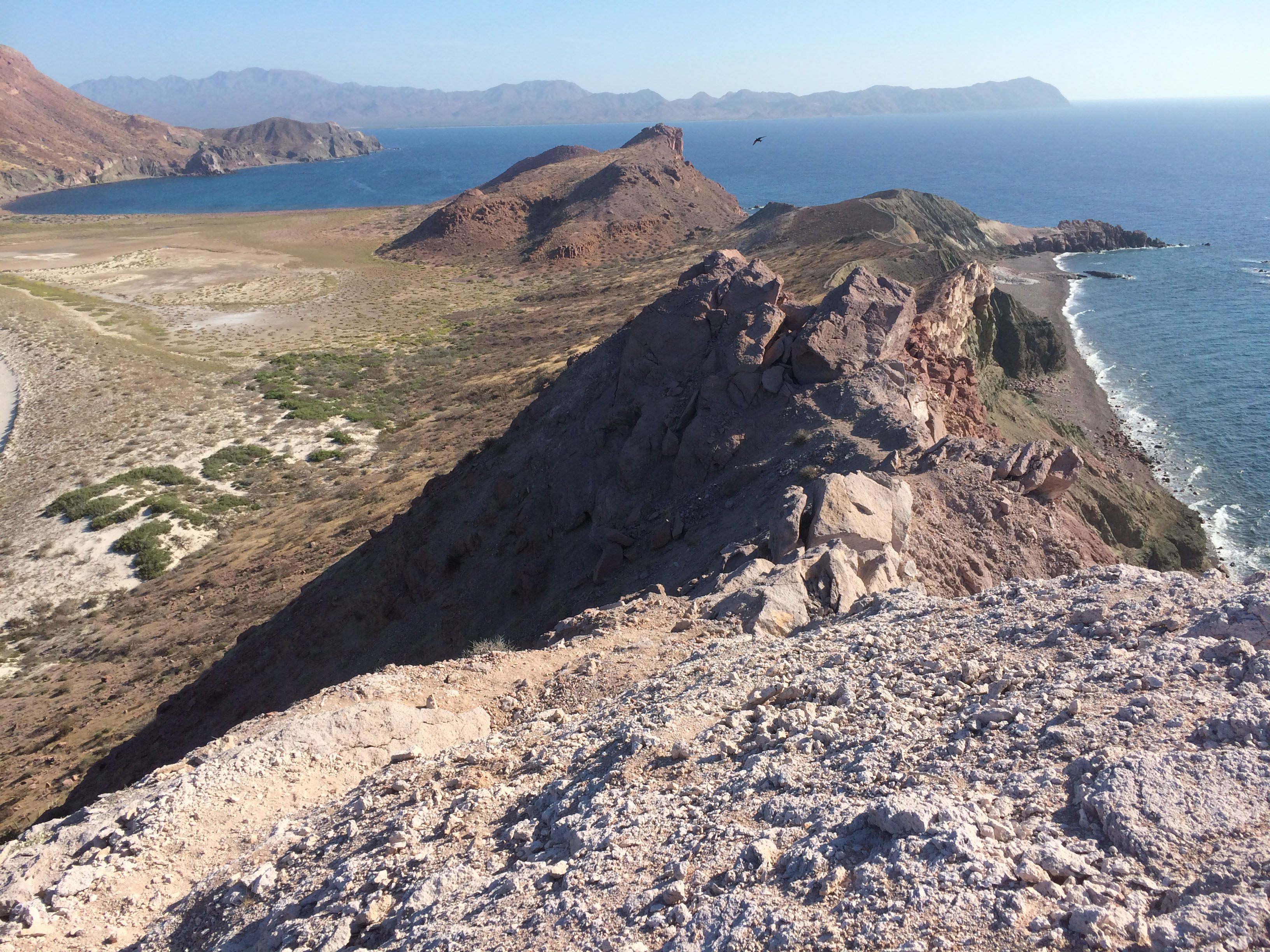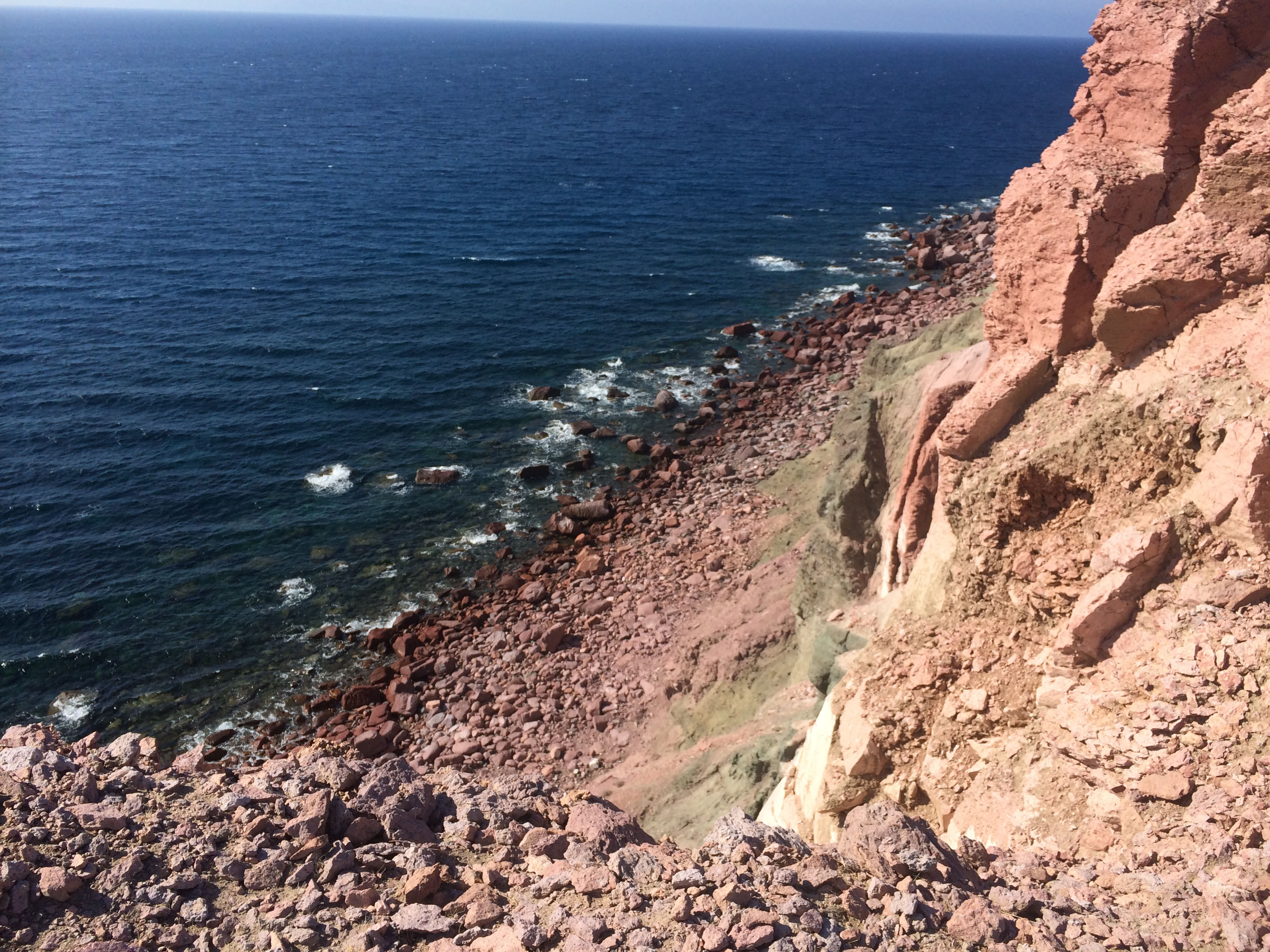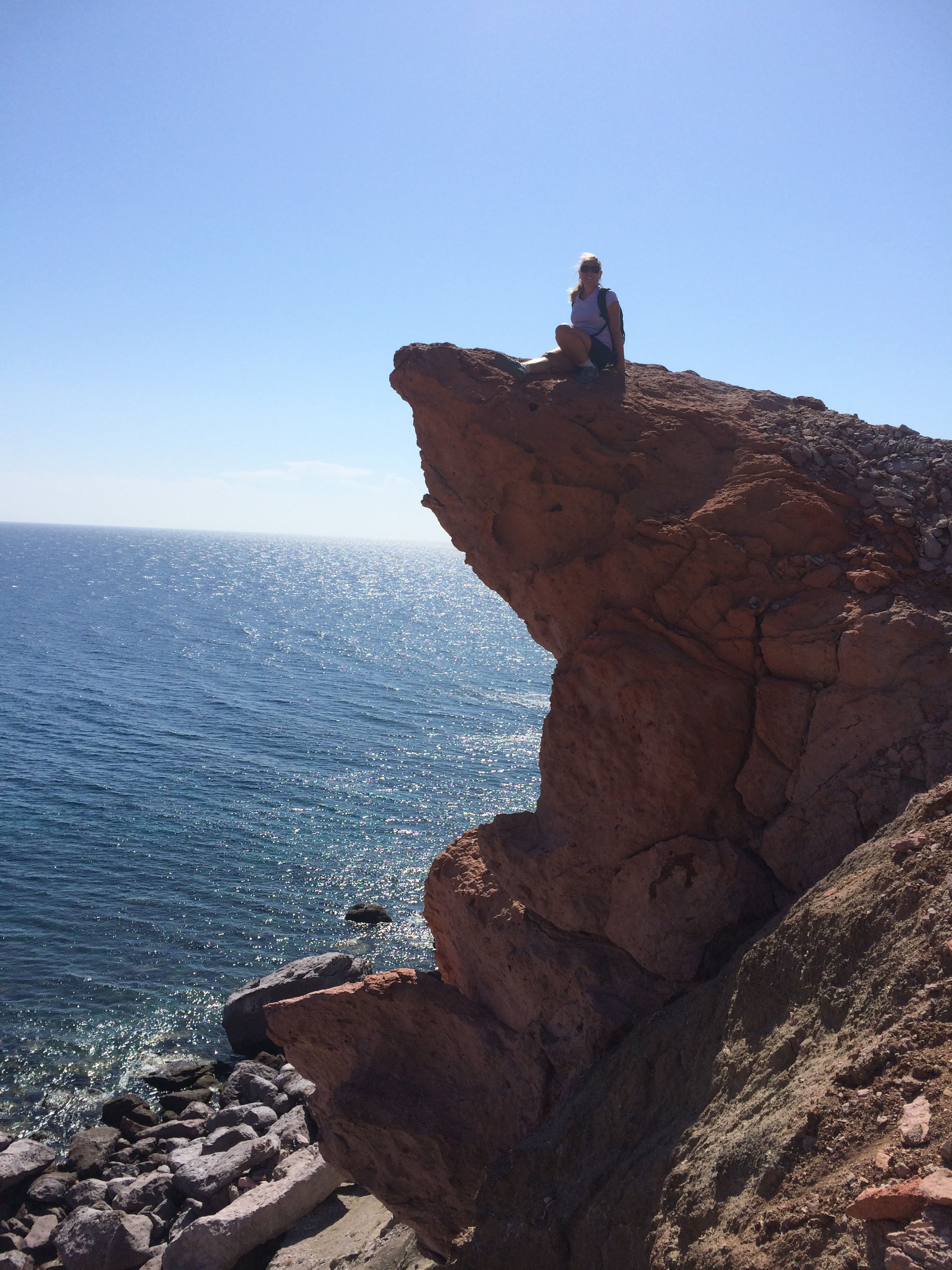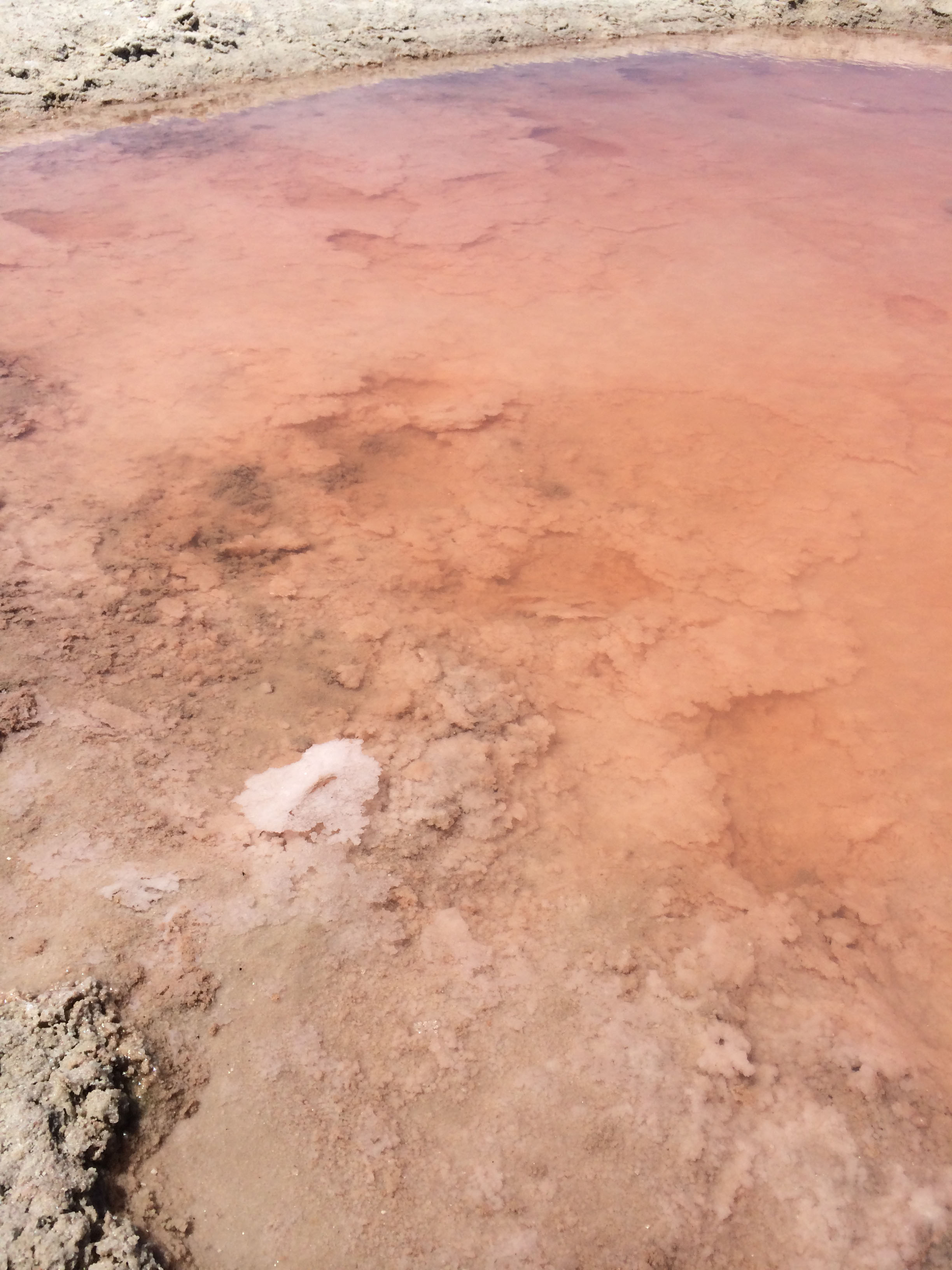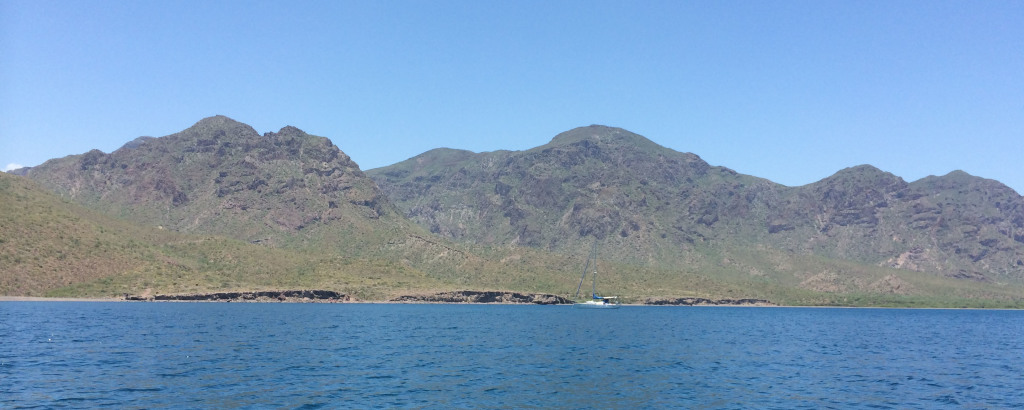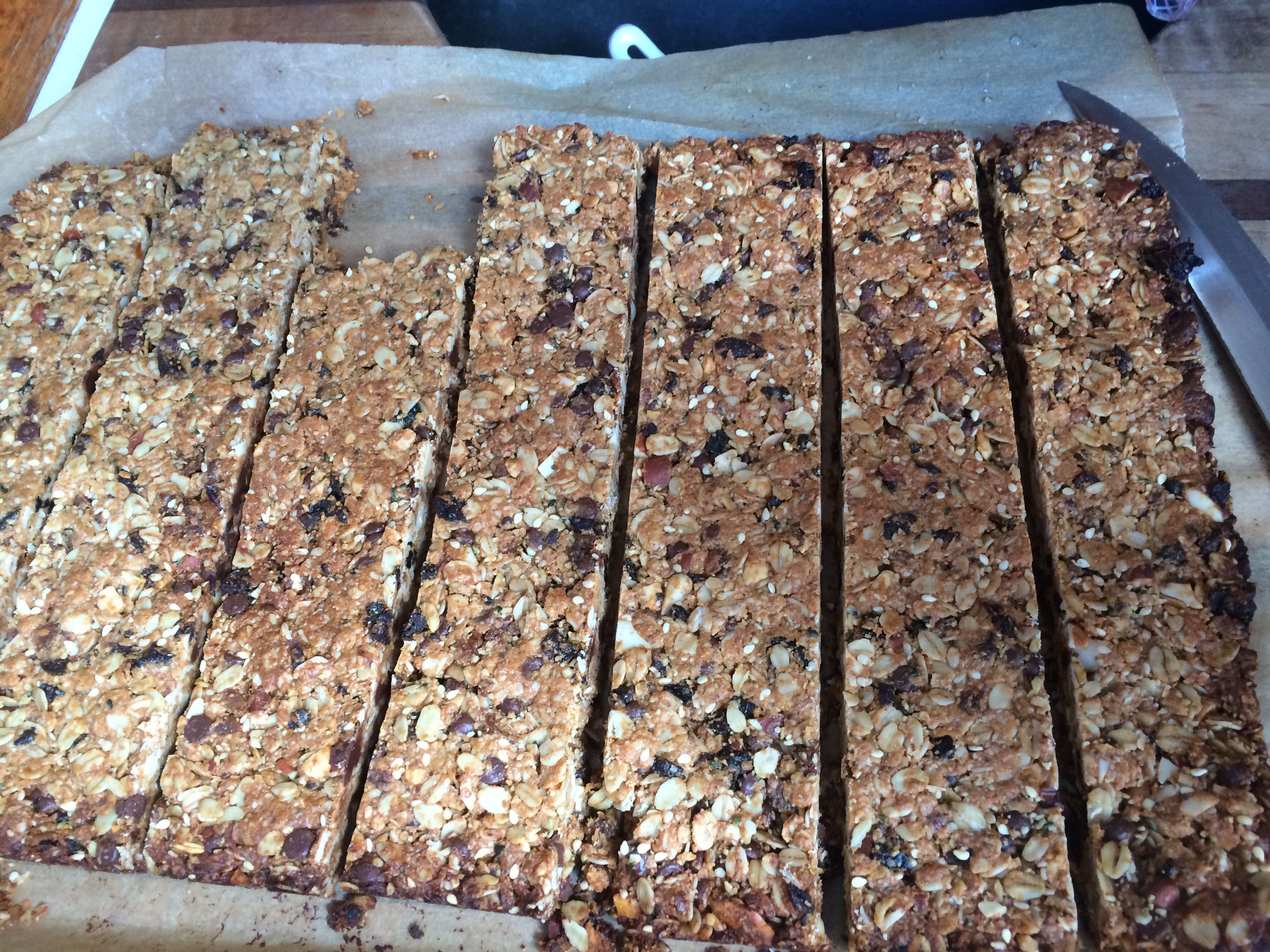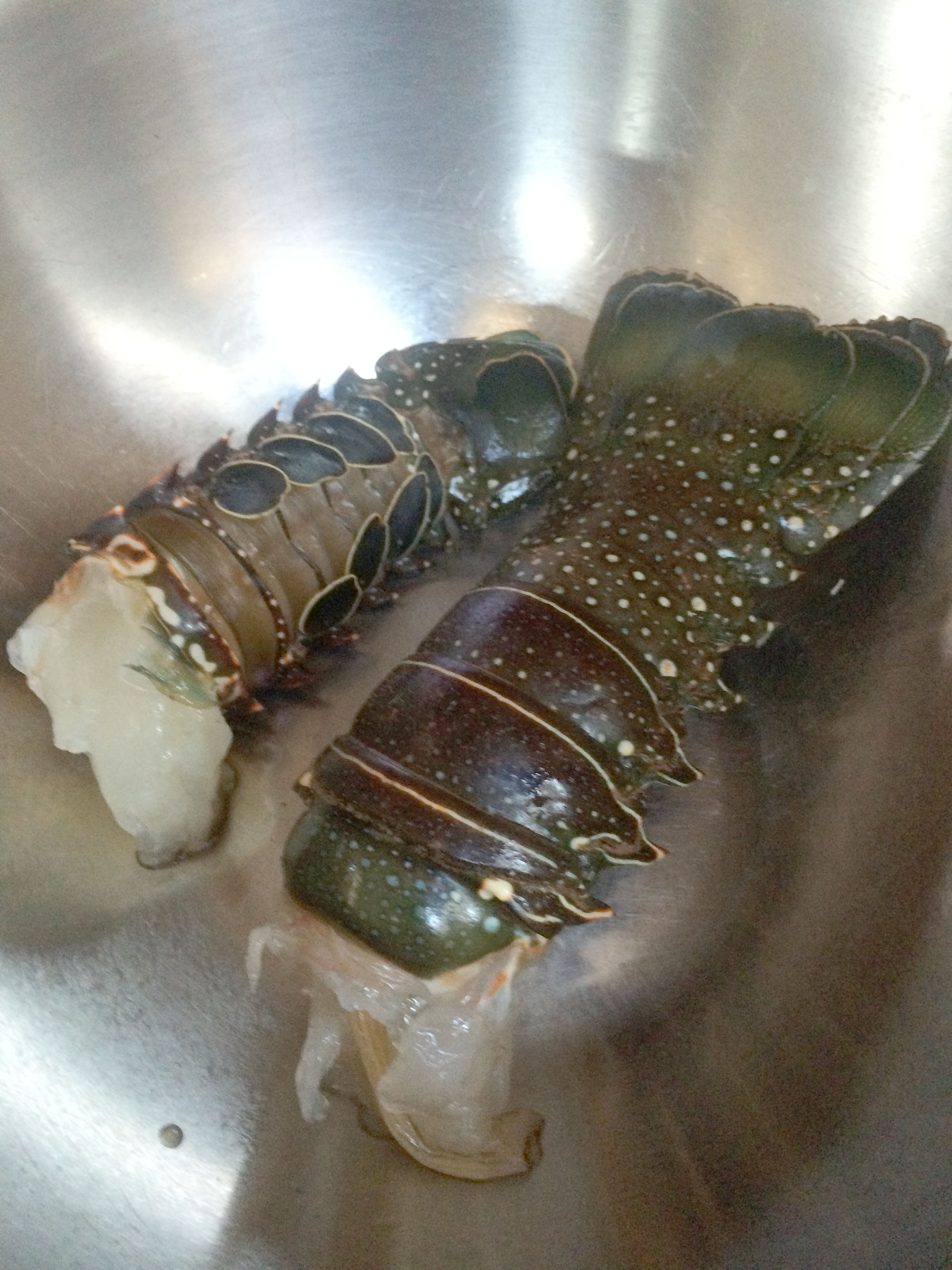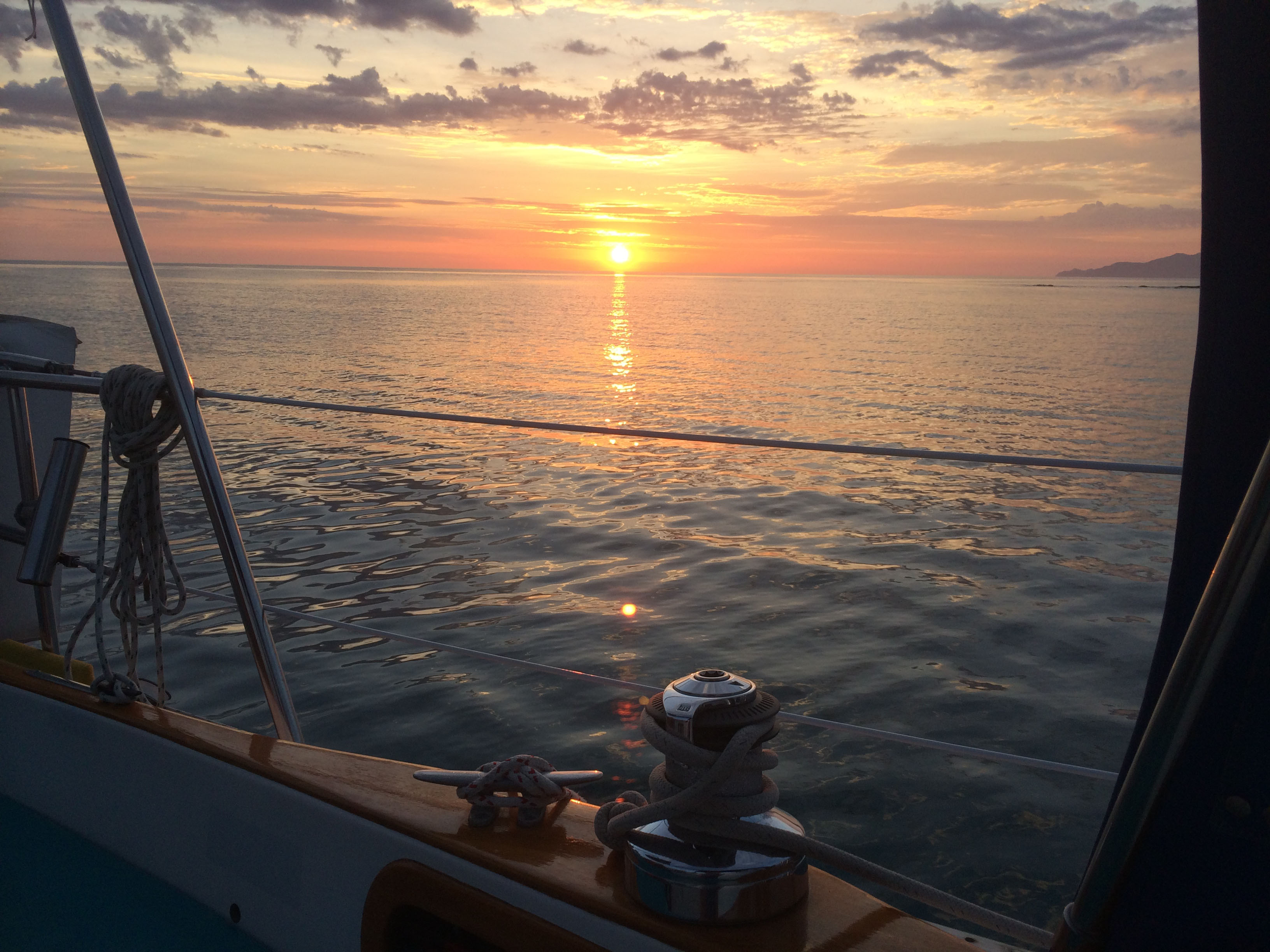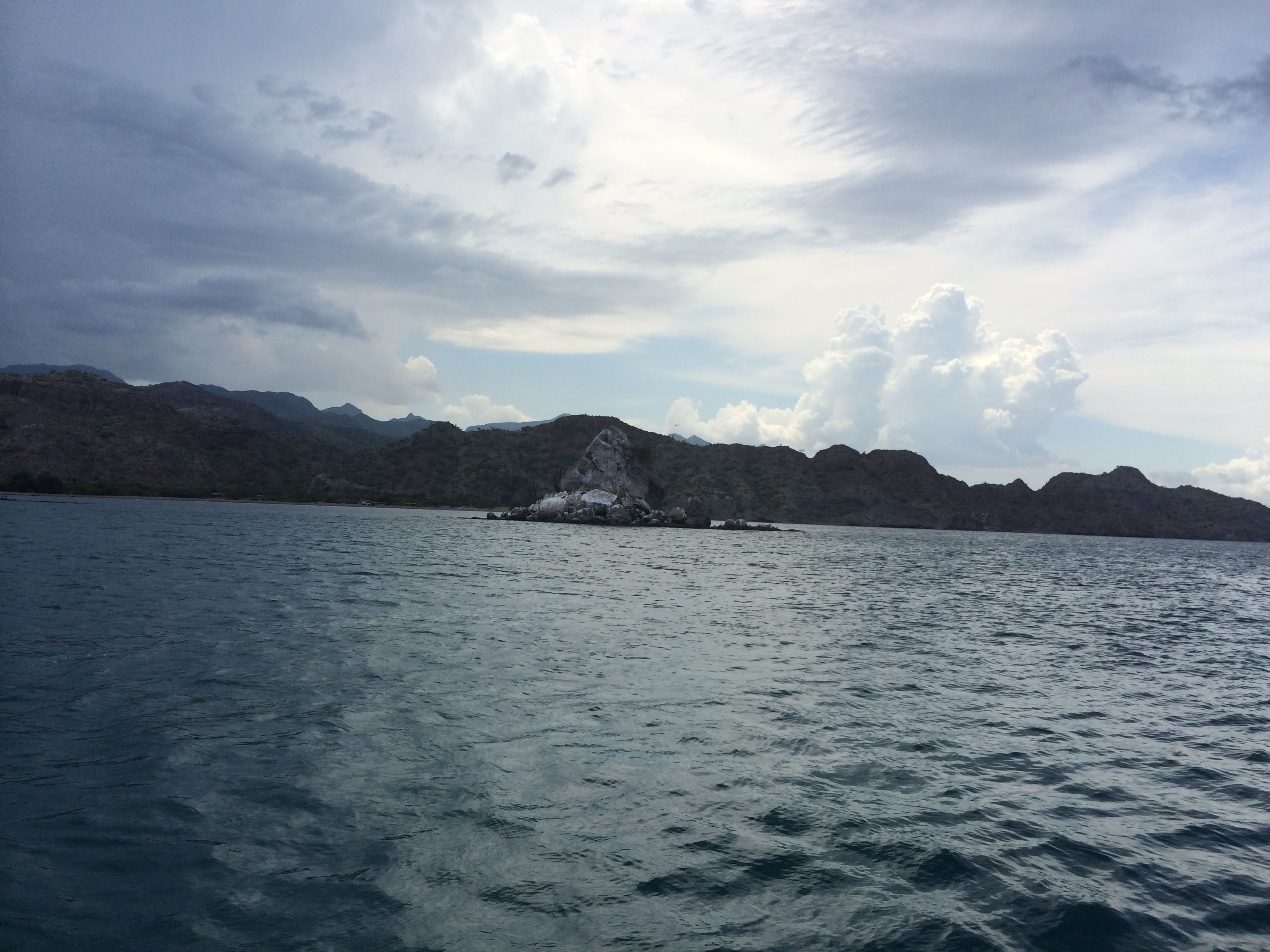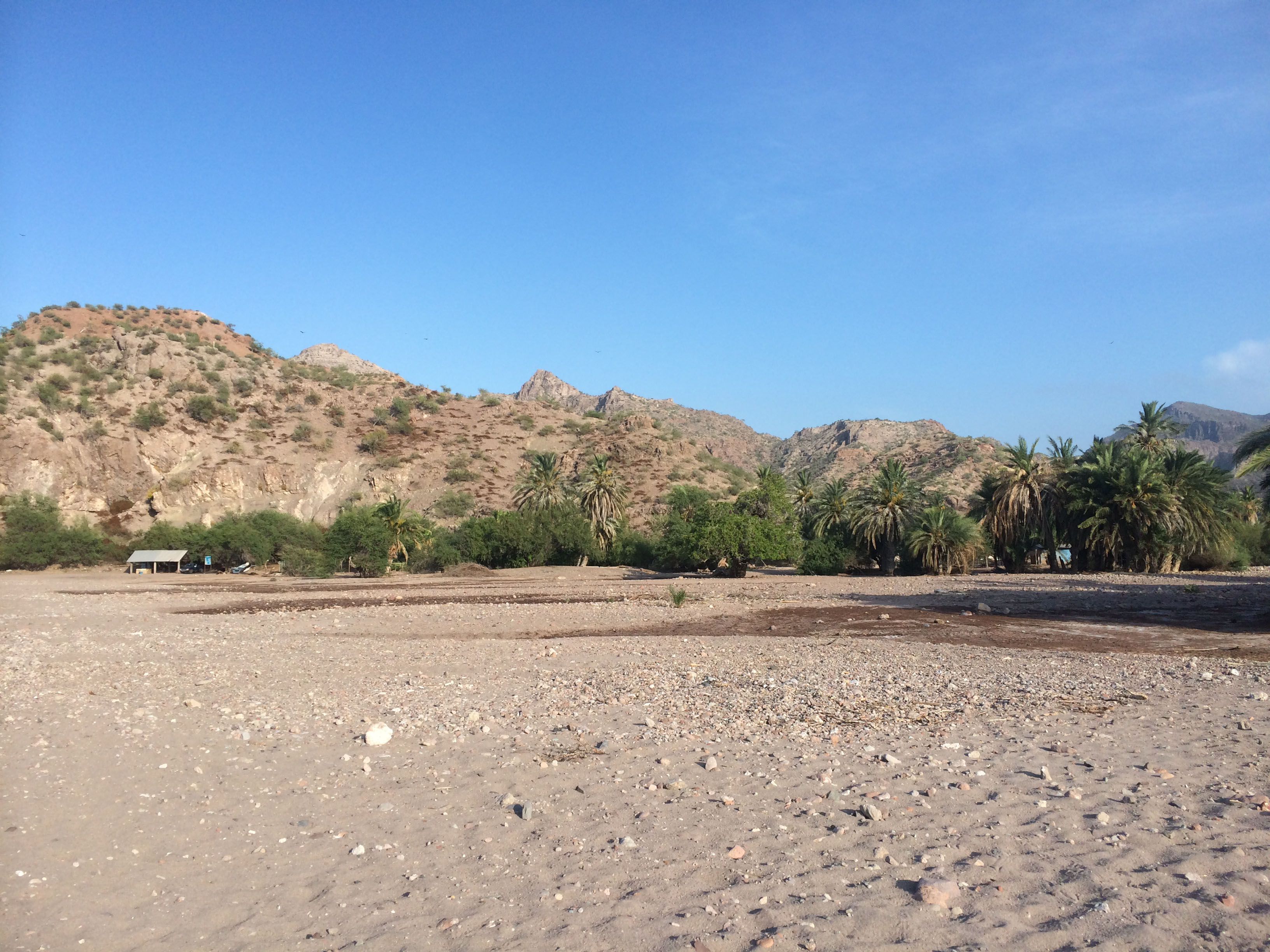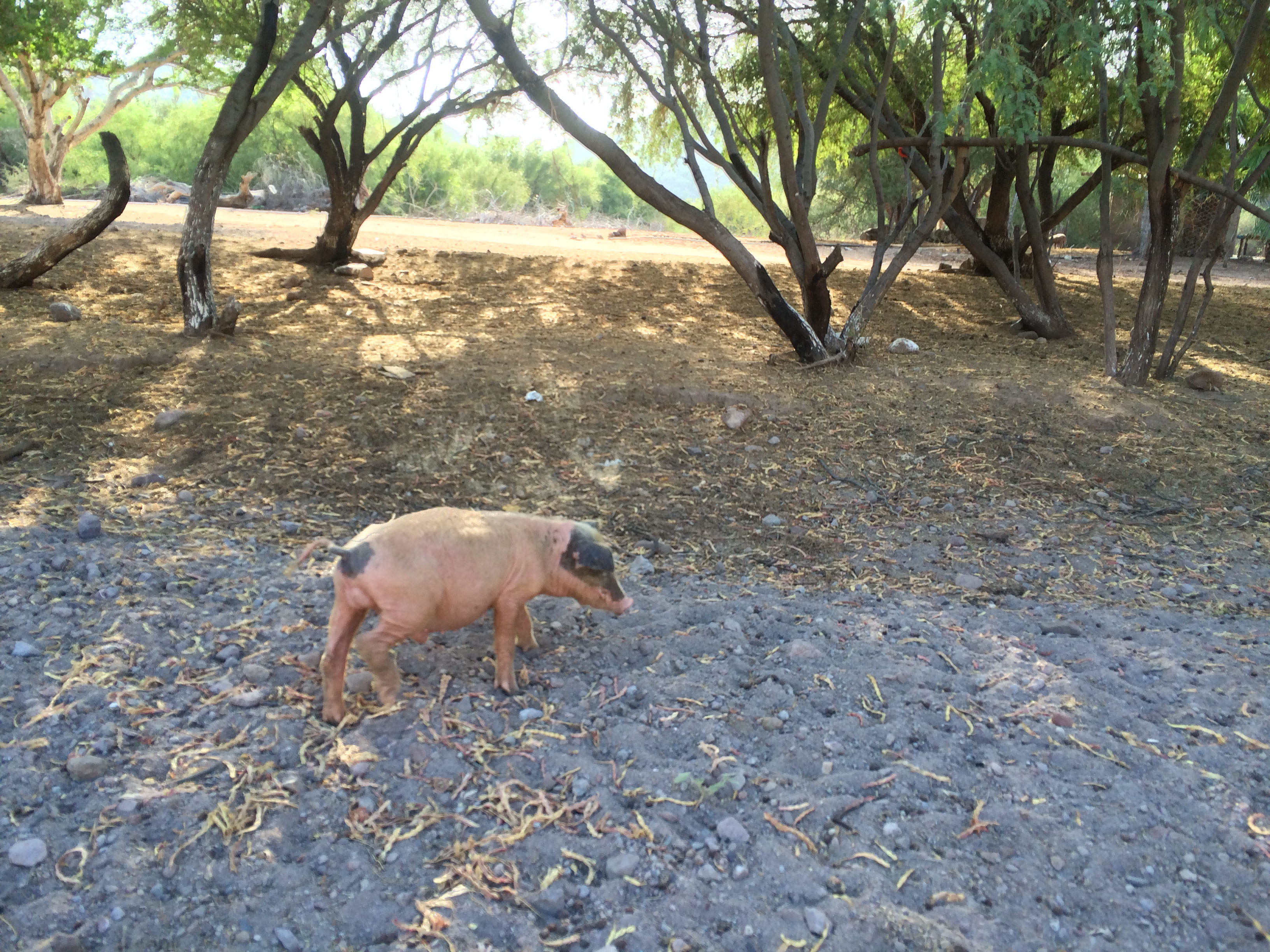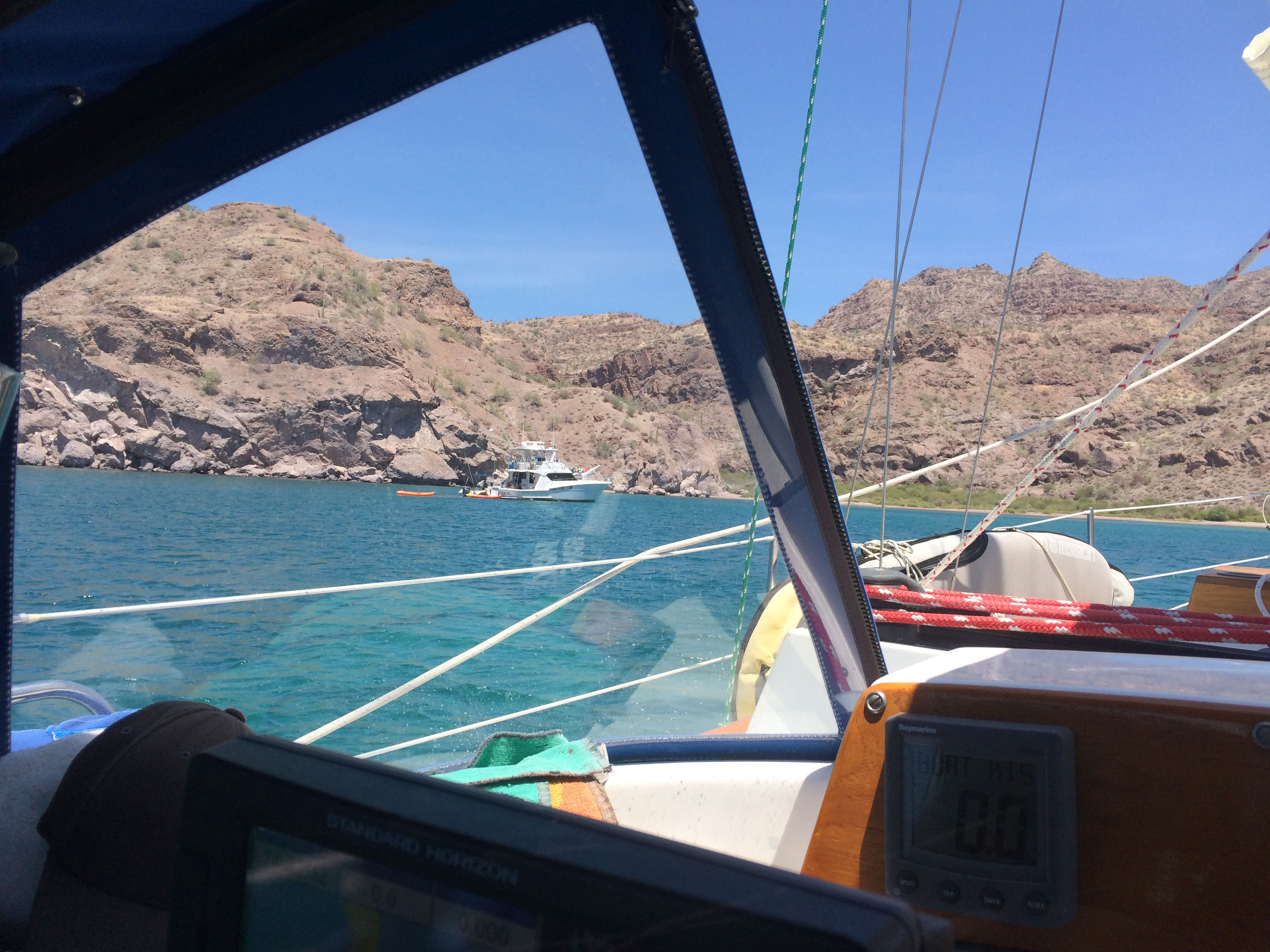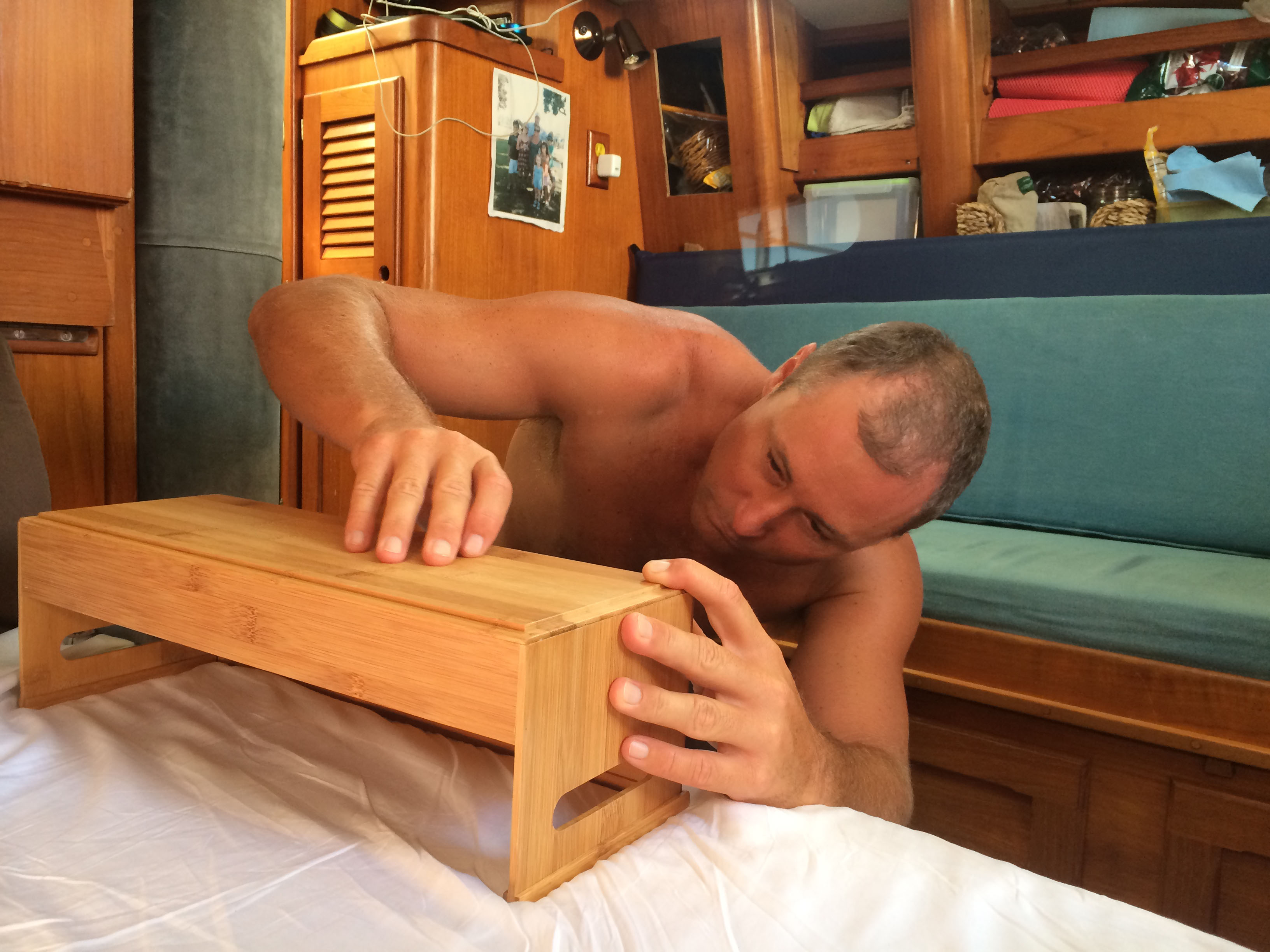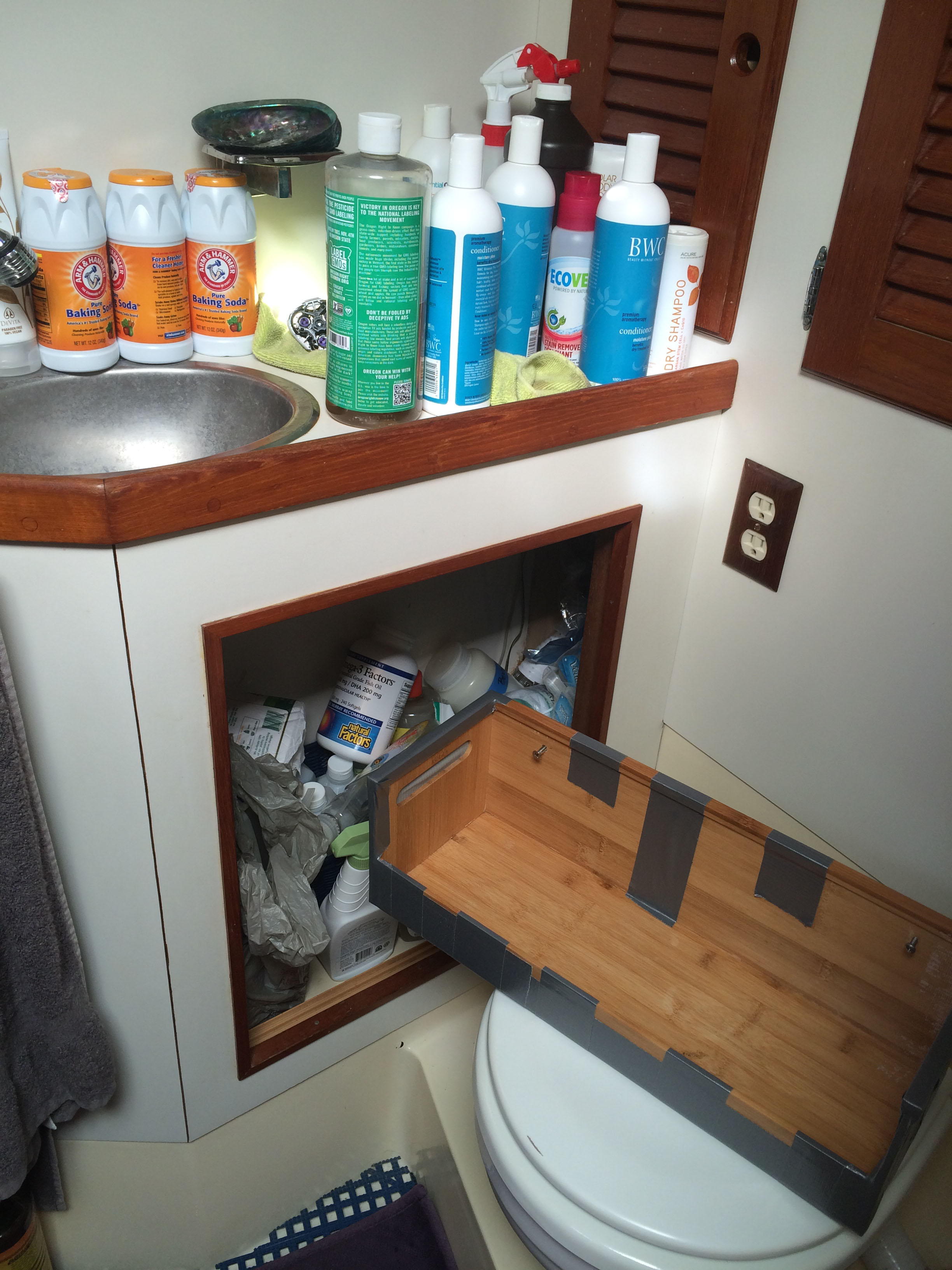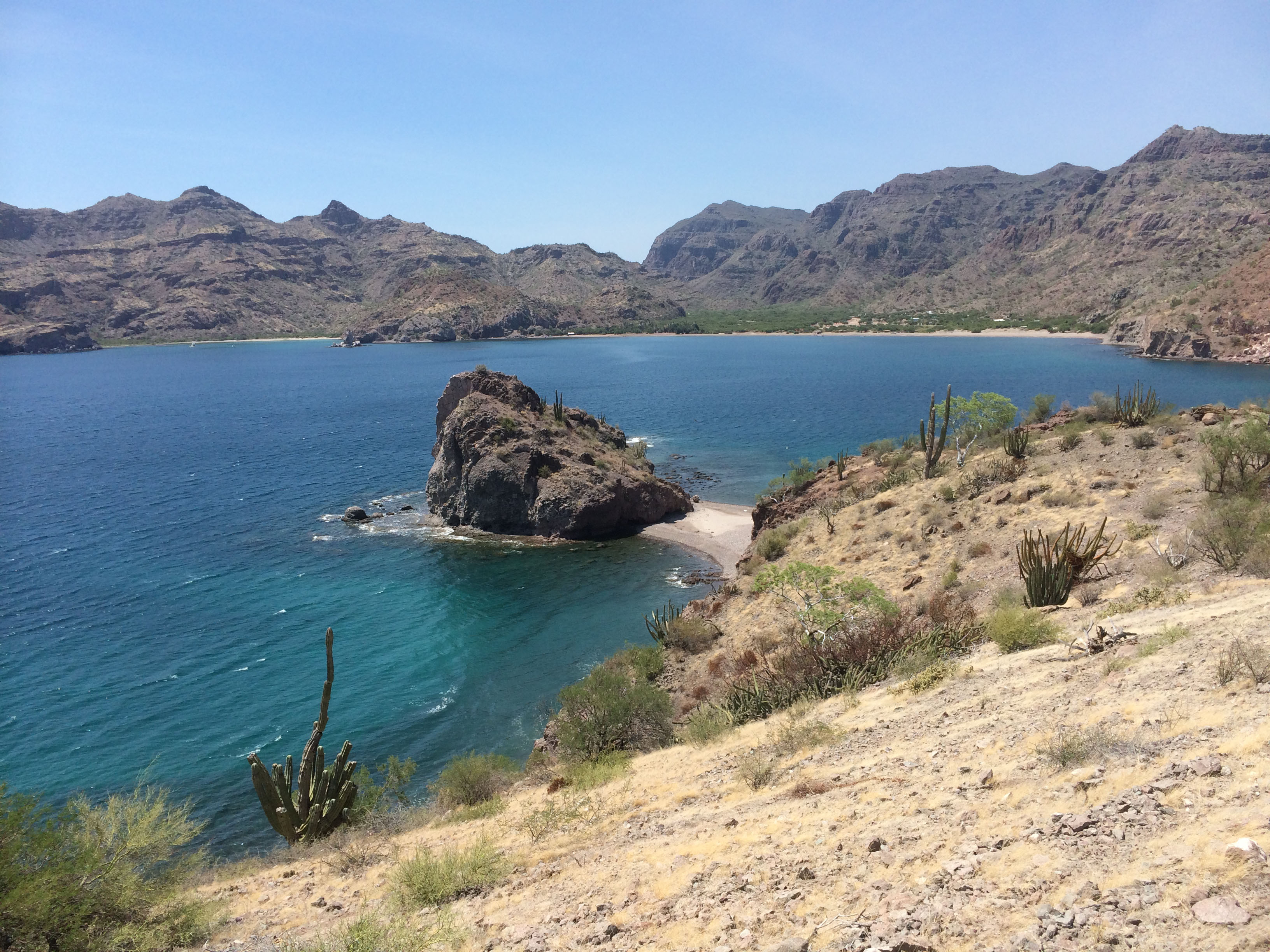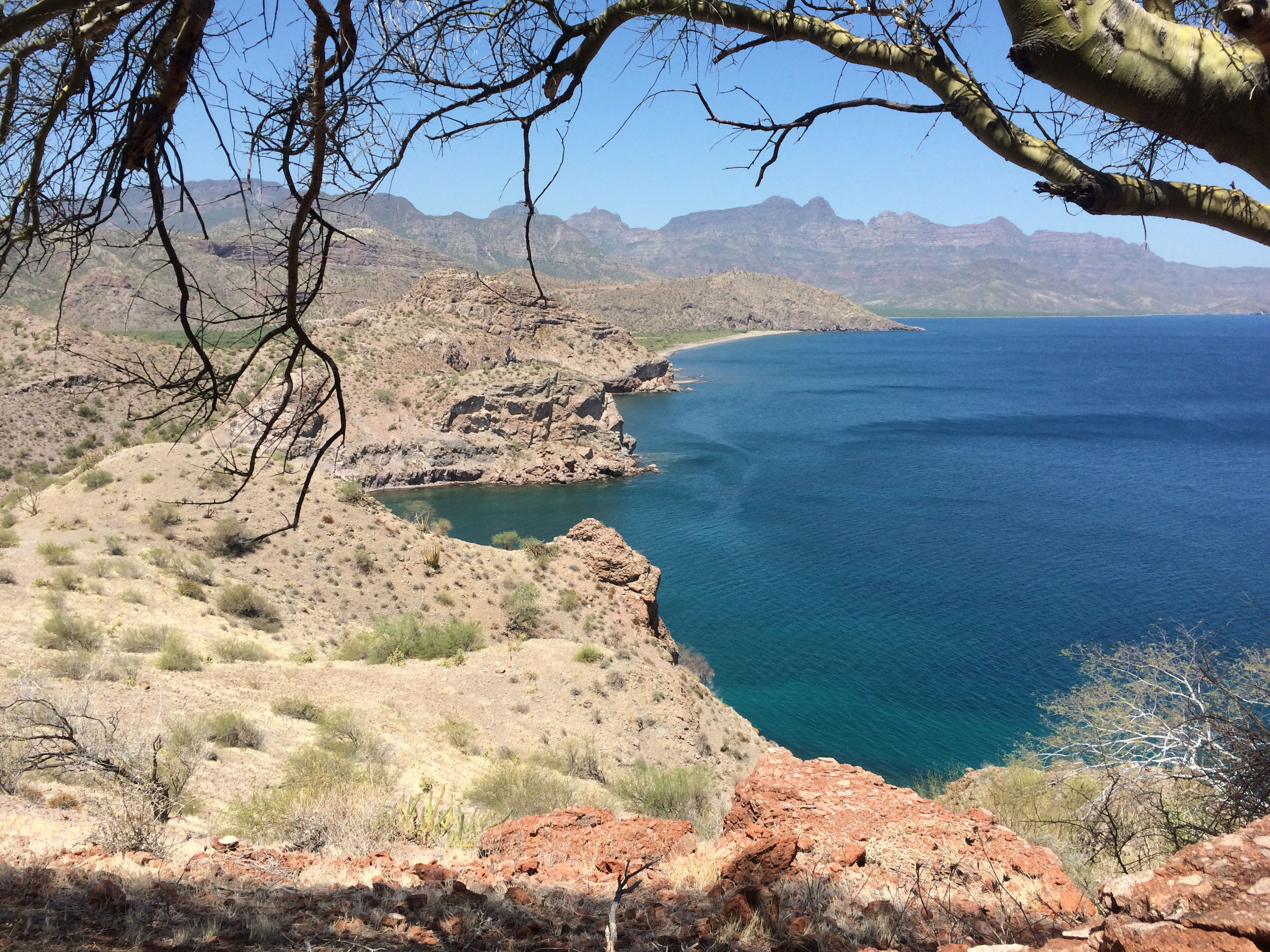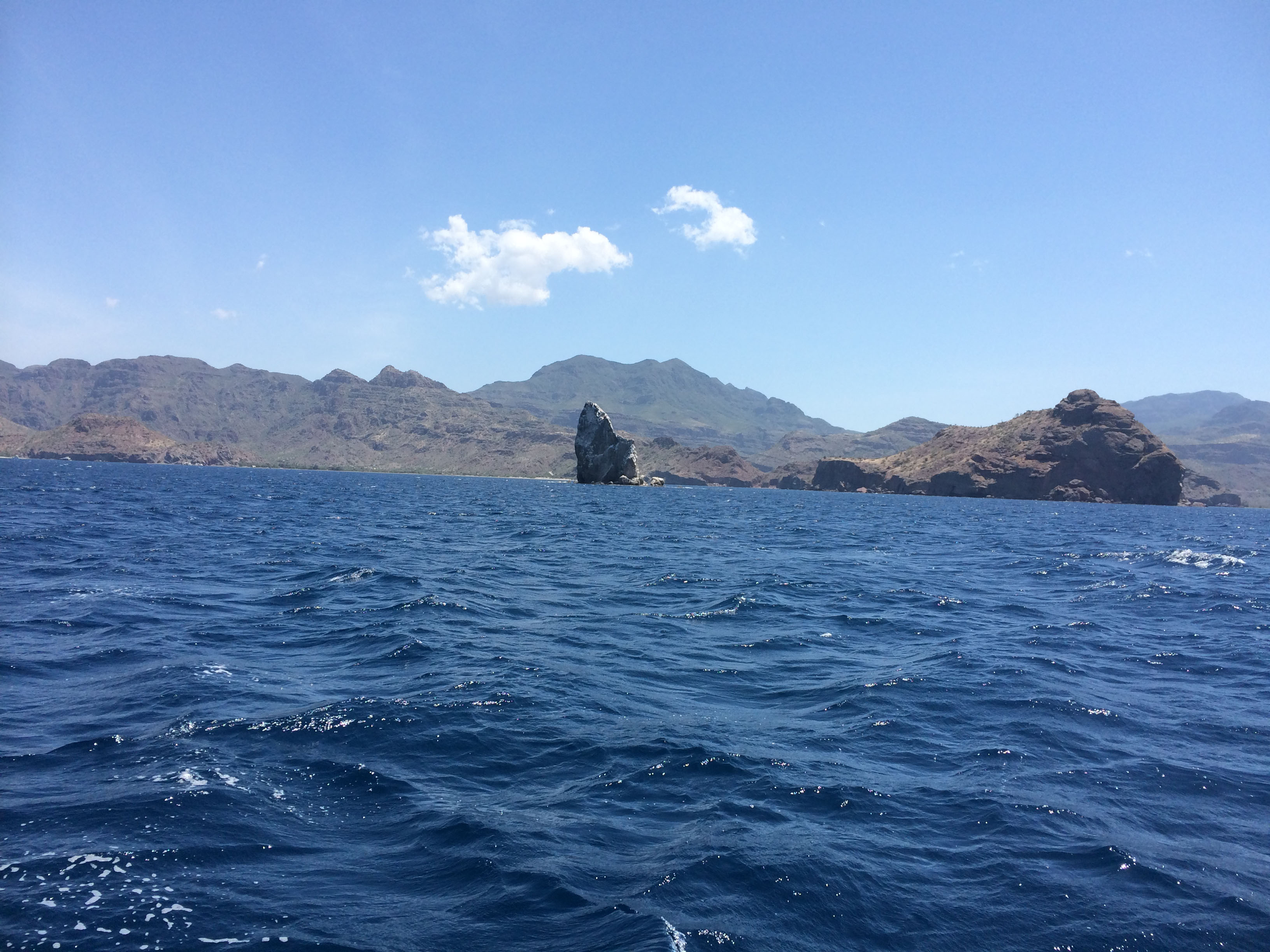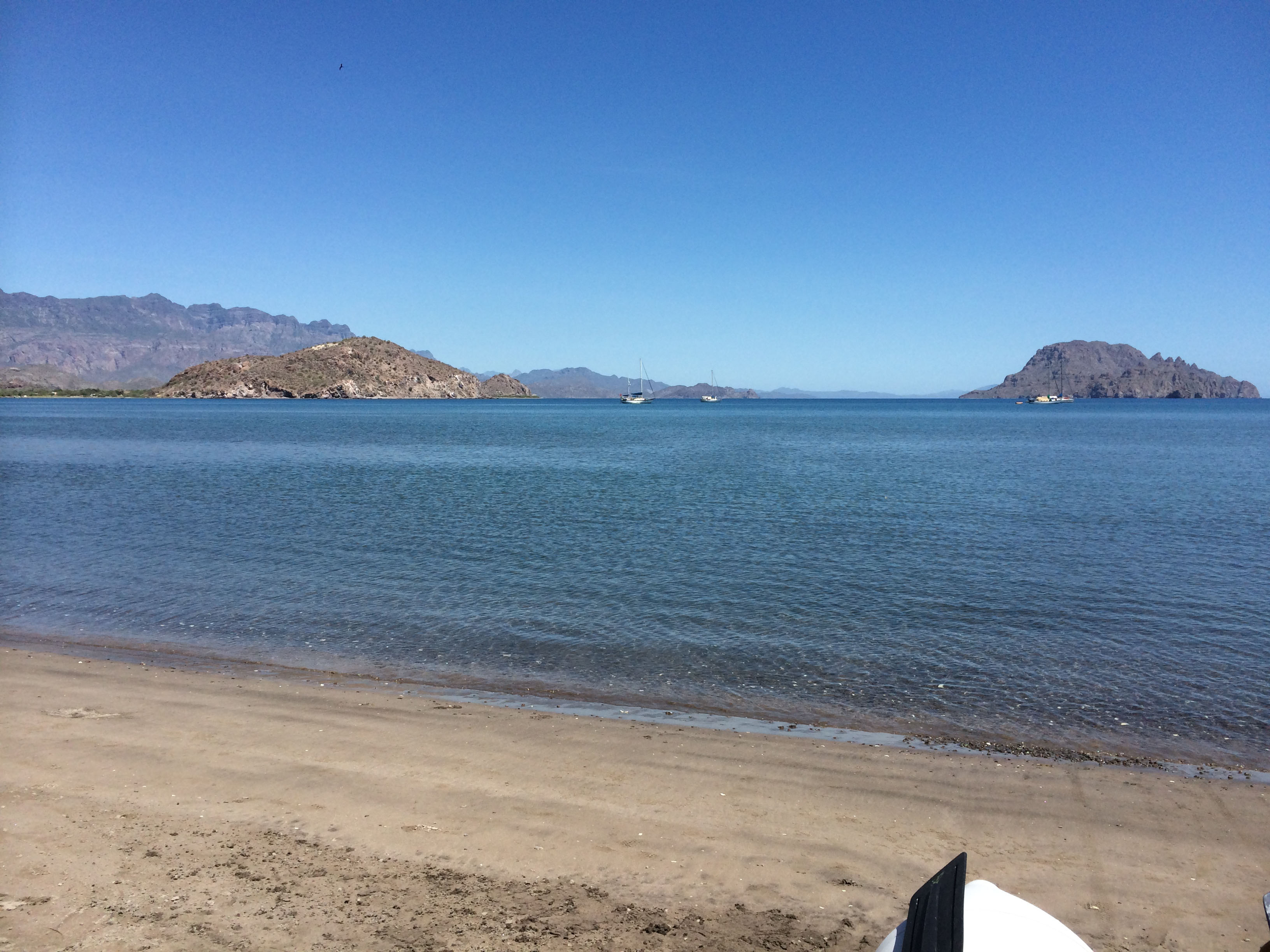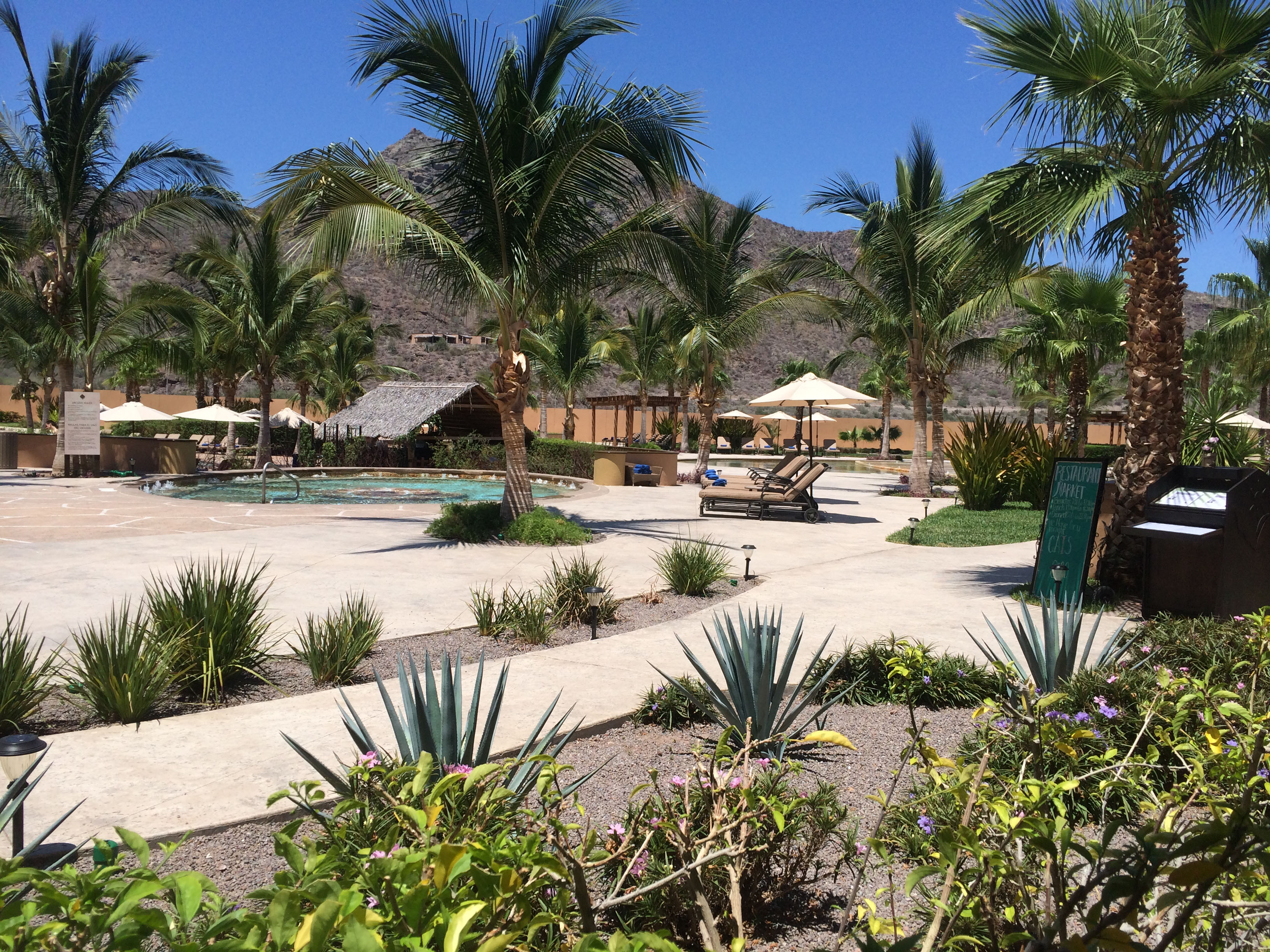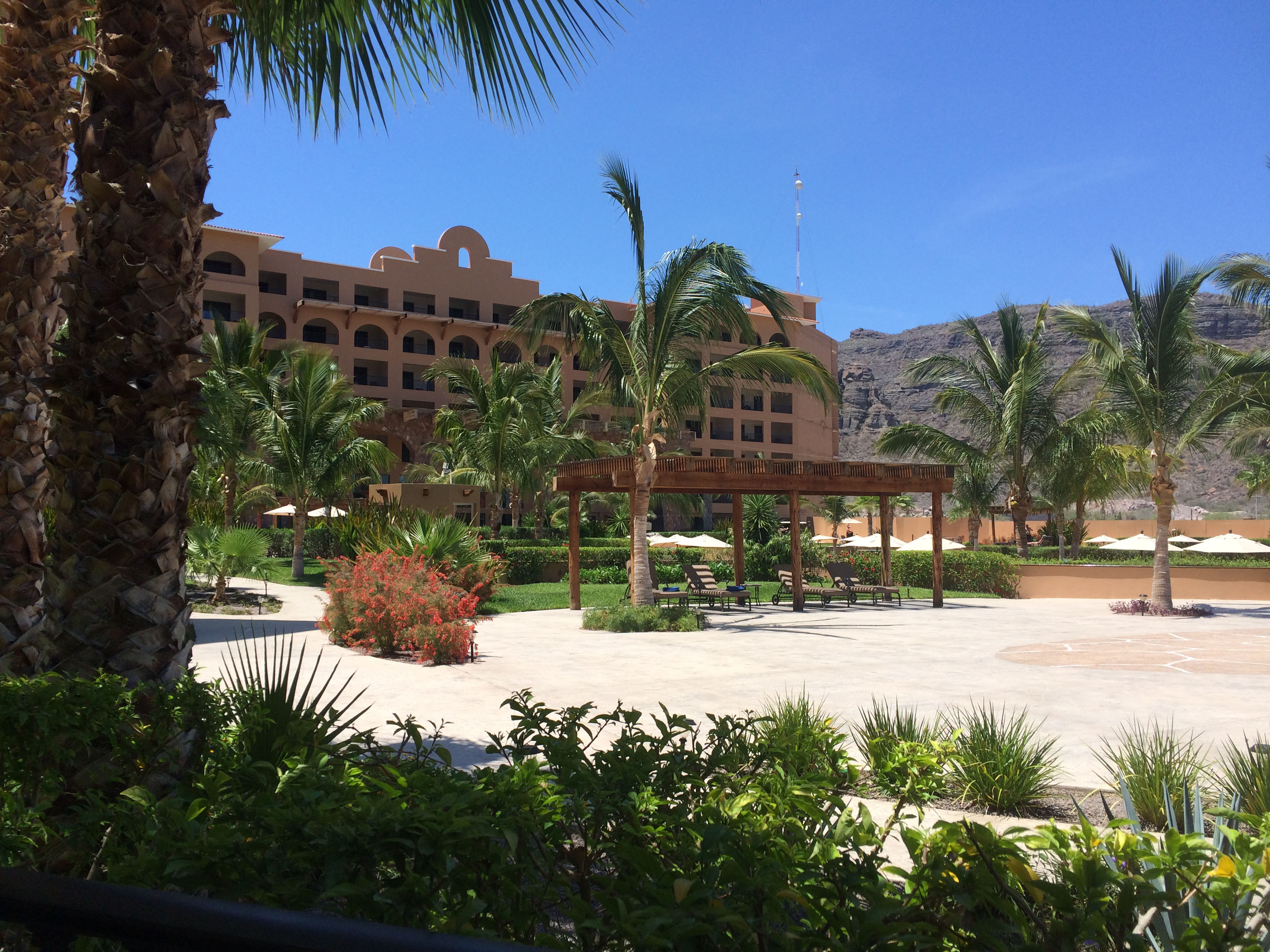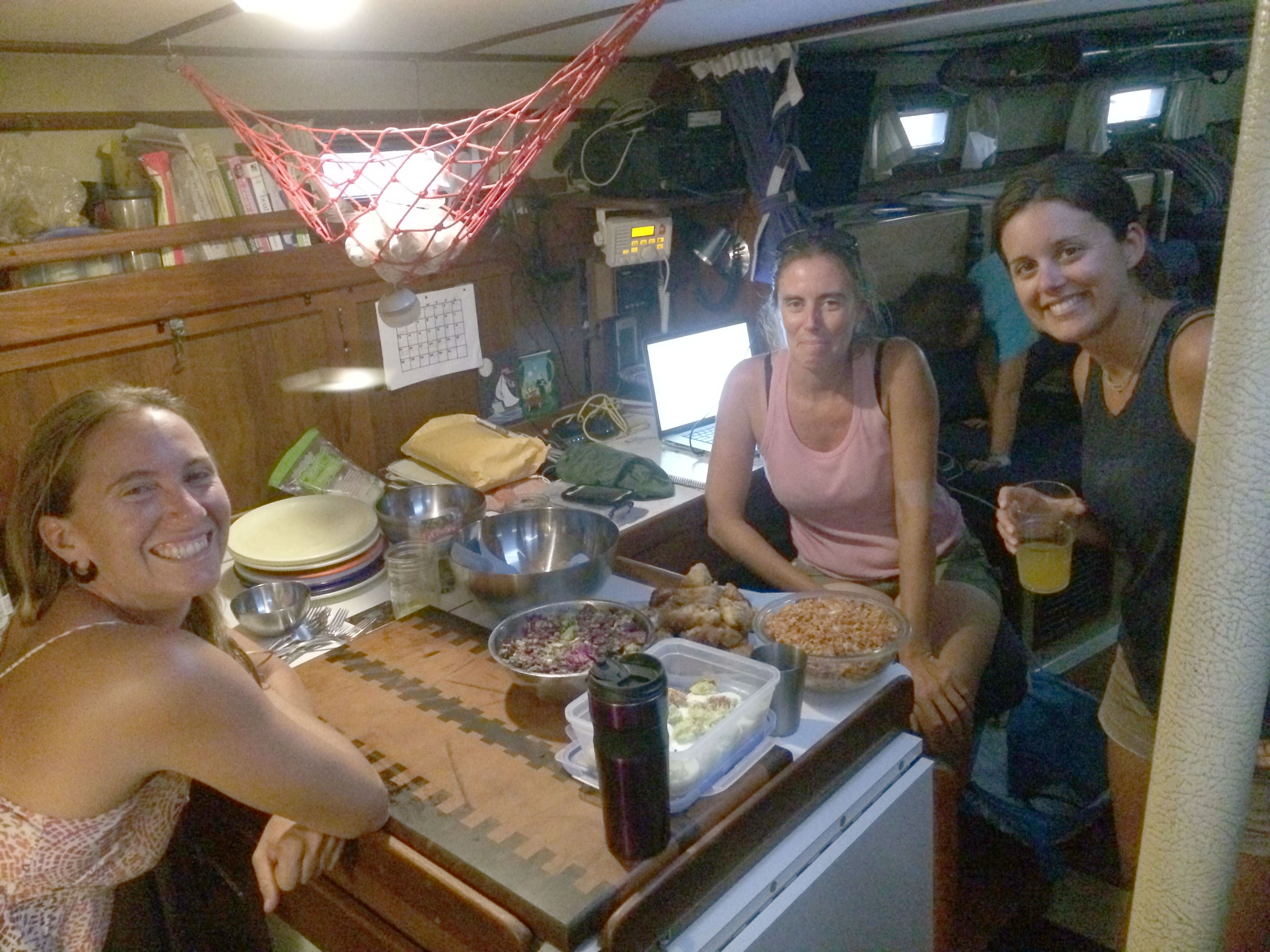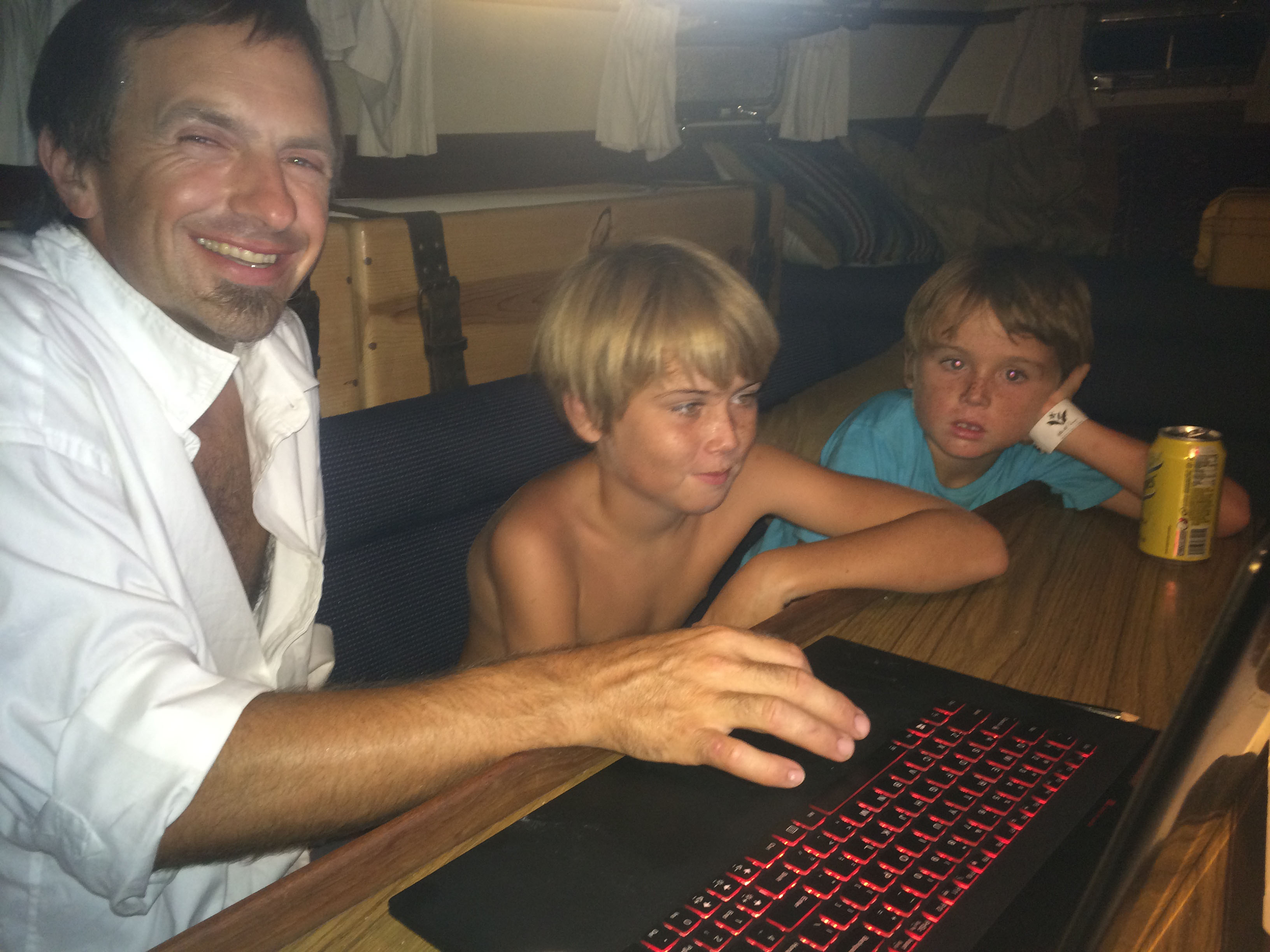DISCLAIMER: I realized I could schedule blog posts to go live at some future date. So, you may be reading this new blog post, but it does not in fact mean that right now I am somewhere with Internet access posting it (just wanted to prevent possible disappointment for some…not mentioning any names, Mom).
Time for a “Special Topic” (AKA more words, less pictures) on what it’s like to live on our boat day to day (Thanks for the idea on this one, Anne). This is for everyone who is still wondering what the heck we are doing when not frolicking in paradisiacal locations. I struggled to sort this piece out, until I realized that our day to day boat life is wholly dependent on the state of the boat. For instance, life at anchor is completely different from life at a dock and both different from life underway. Therefore, “A Day in the Life” will need to be in three parts, cross pollinated and loosely organized as it may be.
Also, writing this piece made me think of this funny article that is also very similar to boat life. To quote Mrs Yardley : “I just love that I can be scrubbing the bathroom, look out the window, and see the tide coming in”. Yes we are in amazing places and seeing really cool stuff, but we still have our house and all the associated chores and maintenance (Jonny claims to have spent half of his day doing dishes yesterday and no, I’m not allowed to make eggs benedict again, although my hollandaise was divine).
Life at Anchor
Living “on the hook”, as we say, is much a more relaxed life and yet also requires much more diligence in many departments. Keeping a close eye on the anchor chain, wind and currents is extremely important. The number one goal for being at anchor is to STAY at anchor. As a rule, the nose of the boat should always be pointed into the wind – that’s her ‘natural’ state of being. If that is not happening, then something is going on – either a funky current down below is turning us around or the anchor maybe came dislodged and we’re heading off against our will (aka “dragging anchor”). Taking references points of things around us is a good idea and keeping an eye periodically is important. As the wind changes, the boat will swing around to remain pointed into it. This means that if we were to put out 150 feet of anchor chain, we could swing around in a circle with a 300 foot diameter. It’s very important to keep this in mind when choosing where we anchor. The depth of the water we are anchoring in will determine the scope (length of chain) we put out. Generally we try to do 7 to 1 – meaning if we are in 20 feet of water, we would put out 140 feet of chain. That is an extremely safe (and often overkill) ratio. We need to be aware of our surroundings – the depth, the obstacles, the other boats – in the entire area in which we could possibly swing. We have been extremely lucky never to have dragged anchor or swung around into another boat, etc. Once anchored, we put on snubbers – chains that reduce the wear and tear on the boat and act as a shock absorber when we bounce around. All of this needs to be checked regularly and more frequently if there is a lot of weather or current – to make sure it’s all still in place and we aren’t dragging anchor, chafing the boat, etc.
Water Consumption
It’s extremely important thing we pay attention to how much water we have while anchored (or underway). We have 100 gallons in our tanks and 10 gallons in jerry cans. We do not own a watermaker. We have a device called “The Water Fixer”, which is about 10x less expensive than a watermaker and filters our tank water with a charcoal filter and a UV light (it kills everything – we can safely drink Mexican hose water). We are extremely frugal in our usage at all times. We do not have a meter or gauge to see how much water we have, but we do have two tanks connected via a shut off valve and we can open portals in each and look in at each one. Both the galley and head sinks draw water from our lower water tank. So when that one is empty, we open a valve to fill it up from the upper tank. This gives us an idea when we’re halfway through our supplies. We often will make several trips ashore with our jerry cans to refill our upper tank (“We” usually means Jonny). We have just installed the salt water line so that our manual hand pump faucet on the sink will give us salt water. This will allow us to wash dishes in salt water, thereby making our freshwater reserves last a whole lot longer– and reduce the frequency of the often difficult task of finding and fetching water. We do give everything a freshwater rinse at the end.
Our toilet (called a ‘head’ on a boat – originating from old timey days when you would just literally go to the head of the boat and pee off the bow) sucks in salt water for flushing, so that does not waste our freshwater. It would be really sad if we had to limit how many times we could go in a day, especially after sketchy Mexican food… It either pumps overboard – under the boat, or it pumps into a holding tank (20 gallons) when we are in places that prohibit overboard pumping. Those places will then have pumpout stations to pump out the holding tank contents. What fun that is! All our toilet paper goes into a bin and has to be disposed of when we get access to onshore trash. Luckily we’ve always been able to empty it when full, and have not yet had to store tied up bags of used toilet paper. That’s disgusting.
Bathing
Bathing happens a little less frequently and with a little less attention to detail while at anchor. Soap and shampoo is stored in the cockpit cubby for easy access. It mostly goes like this: Undo swim ladder from stowed on rail position, and clip it into the brackets on the side of the boat. Make sure to have a towel or sarong handy. Jump overboard, play around in the water. Come out, maybe soap up or shampoo hair (maybe) and then jump back in the water. When you’re done, rinse off with the bug sprayer. We have one of those plastic pressurized tanks with a wand – you pump it up to make pressure and then nicely spray yourself off –only with fresh water, instead of pesticide. Dry off (or not) and hang towel or sarong out to dry (remove if it gets too windy). Our 2 gallons of fresh water can last through 3-4 showers for each of us (6-8 total) and we feel refreshed and ‘clean enough’. How’s that for water efficiency?!
Energy Usage
Another thing we need to monitor and be aware of at anchor is how much energy we consume. We have 3 large flooded deep cycle batteries (they look similar to car batteries but bigger and heavier) that provide the 12 volt power supply that runs everything electrical on the boat – lights, pumps, computers, radios, blender, etc. The batteries can be charged either from our two 140 watt solar panels, or by the alternator when we run our engine. We have an 800 watt power inverter – that takes the 12 volt power and converts it to DC power. This allows me to plug normal things in – such as my blender, mini food processor, my electric toothbrush charger, our dustbuster charger, etc. As long as it draws under 800 watts, we can plug it in and use it like normal (hairdryers are out- but who cares?). Using the inverter is great, but it is the least efficient way to use our energy – a lot of energy is lost in the conversion from 12 volt to DC. Our batteries rely upon the solar panels for charging. Normally this is not a problem – we almost always make up energy in the day time and have plenty to run our lights and watch our movies at night. If it’s rainy or cloudy for a day or two, we might be in trouble. If it looks like we are running the batteries down, we may have to run the motor for an hour or two to fully charge our batteries.
Shade
It isn’t just nice to have, but as summer it becomes critically important. We have our cockpit shade structure – a plastic-y-canvas piece that drapes over our boom and secures around the mast and to the lifelines. We have phifertex (sort of a mesh/see through screen plastic-y-fabric) sides that can be put on or removed for each side of the boat. These block 75% of the sun, but not so much our views- making things MUCH cooler and more pleasant in the cockpit on hot, sunny days. Without these shades, our teal cockpit cushions become so hot we cannot walk barefoot on them. We now also have a rectangle canvas shade we can put over the boom forward of the cockpit shade and secure to lifelines with lines. We have a third shade which hangs over our whisker pole (which slides down from the mast and sticks out like a boom – it’s purpose is to pole out our jib in light wind, but these days it’s just a very expensive shade holder). Shading the boat can make about a 10 degree temperature difference down below. When it’s 104 out, this is quite nice.
Dinghy Safety and Security
Our dinghy (perhaps you know her as Peugeot) is our car, our only mode of transport from the boat to shore or any other places we’d like to visit without docks. It’s also handy for fishing trips. We are extremely cautious with Peugeot at all times. For example, where ever we are, we always pull the motor off and lock it to the back of the boat. Our motor is old and not very nice, but if someone were to steal it, it would be devastating for us financially and logistically. So we don’t take any chances, even if others in the anchorage leave their motors on overnight. There have been times we were tempted to leave it on (it’s late, we’re tired, everyone else is doing it…) but then we both have to think for just a second of how awful it would be to lose it, and we do the chore. The chore involves Jonny in the dinghy, loosening the clamps that hold it on, me on the boat undoing a clip and lowering the clip and line, which attaches to the motor, and is connected to lines and a pulley hoist system on our stainless solar arch. I then hoist the motor up to the boat and we clamp it onto the bracket on our stern rail – then lock it with a padlock. A bit more involved than pulling your car into a garage for the night. Taking it out in the morning is the same thing in reverse. When that is done, we either leave the dinghy attached to the back of the boat, if we are someplace we feel very secure, or, we have to hoist the dinghy up onto the bow of the boat. Another involved process using lines and blocks and hoisting and sometimes toe stubbing, swearing or arguing.
Life Dockside
Being tied up to the docks at marinas often sounds like the easiest way to go. There’s a water spigot for unlimited water use (often free or extremely inexpensive metering), there’s shore power to plug into if we need to – which will then allow us to use all the AC outlets in the boat (there are 3 which we cannot use unless plugged in at the dock) which can be handy (it means I can run my blender in the galley instead of on top of the chart table, we can plug the dust buster into the bathroom and we can plug in computers in the main cabin (although our 12v plugs are numerous and very convenient as well). You can also just step off the boat and walk someplace to get food or…away. There are usually real showers to use – unlimited fresh water pouring down on you whenever you want can be heavenly. And often there is access to wifi nearby or even on board. After a long stint at sea, being dockside can sound pretty enticing.
Then, usually after about 3 days, you are kind of over it and ready to get back out to the anchorages. It starts to feel oppressive and there are pressures to do things – like food shopping and taking a shower every day. getting absorbed into the internet. I find myself missing the joy of jumping overboard for swimming hassle free bathing and having a slower pace in general.
Bathing
Shampoo and soap are moved from cockpit cubby to a backpack, ready to transport to the shower facilities (don’t forget flip flops and towel). Walk to wherever the shower is and shower just like a normal person, Except wear flip flops and try not to get your stuff all wet or let your towel fall on the floor and hope there aren’t any giant dead cockroaches in the shower… Remember to take wet towel out of backpack and hang it up to dry when you get back to the boat. I know this sounds silly, but given the way my mind wanders, sometimes the walk from the shower back to the boat can make one forget such things.
Water Consumption
Use with wild abandon. This means we actually wash our hands till they are fully clean and use more than a trickle when doing dishes. Clothing can be washed. The hose comes out and Summer gets a nice bath. Or two. It’s always very exciting. Sometimes it’s even “free” (included in the price of the dock), sometimes there’s a meter, but it’s not usually that expensive.
Propane
Our galley stove runs on propane and we can only carry 2 tanks (about a month each). Getting a tank filled is not usually the easiest task because propane gas facilities are not usually located near to populated areas (probably due to the possibility of them blowing up). Some marinas offer services where someone will take your tank, have it filled and return it. Other times it’s an expensive cab ride to a facility, or a bus ride, lugging a tank (or once, a bike ride with a tank strapped on the back). Each time has been different so far. Who knows what will happen next time we run out?! (We try to fill one tank at a time so we don’t run out entirely). They often don’t get filled properly because for some reason no one ever knows they need to use a screwdriver in the bleeder valve to get it full up. It’s frustrating to pay for a full tank, send it off and only get ½ back. We’re thinking of writing instructions in Spanish and attaching them with a screwdriver to the tank.
Projects and Maintenance
When we are at a marina, we are paying to be there, so we try to make the most of that time by doing projects and maintenance that cannot be done or done easily while at anchor (or underway). So, dockside life is rarely the most relaxing – it’s usually more of a GO GO GO sort of life. We make project lists and have specific things we want to accomplish each day. There’s always something to fix or improve on a boat (especially when that boat is your 24/7 home). On a side note – I have to say all the improvements we have made have a significant impact on our day to day lives. I don’t ever remember so much satisfaction from making changes to my homes in the past.
Life Underway
Sailing
I know, right?!?!? We live on a SAIL boat. Some of our time is actually spent sailing. Someone always needs to be in the cockpit, keeping watch, making sure we’re on course, adjusting the sail trim, avoiding collisions with other boats, etc. If it’s more than a 24 hour passage, we take shifts (3-4 hours each) so that we can sleep. Otherwise we just sort of do it naturally. Jonny loves to tweak on the sails, I prefer to be at the helm, or napping and reading. Of course I do attempt to improve my sailing skills from time to time as well.
Depending on the conditions, it can be fun and gorgeous, it can be excruciatingly slow, it can be wild and exciting. We watch the weather and hope to get somewhere between fun and gorgeous and wild and exciting. If there’s not enough wind, we will often have to use the motor. Then it’s loud and slurping diesel, but we don’t have any sails to mind (unless we’re motorsailing, then we leave the main up).
Bathing
Yeah. Not so much.
Cooking
When underway, cooking is often a much greater challenge. Pots need to be fitted with special tongs that them from sliding around, the stove needs to be unhooked to allow it to gimbal – and stay level while the boat moves around it (unfortunately our gimbal doesn’t work so well, but we do keep using it, hoping it will magically heal itself one day…). Things roll around the counter, stuff tips over, it’s hard to stand upright sometimes. Sometimes you just need to brace yourself and hold on to everything until a rough patch passes. All very exciting challenges that tend to make for much simpler meals. I usually like to prepare a lot of food and meals ahead of time to avoid having to do a lot of cooking while underway, but some is always inevitable.
One of the best parts of being underway or at anchor is tossing food waste overboard. It makes our tiny trash can last forever and it’s somehow a joyous feeling to toss an avocado pit or end of an onion out the companionway and over the side – it’s like “cooking with wild abandon” (while also clearing the small workspace).
Water
(see water consumption above – it’s the same except there’s no way to get more till we’re anchored or docked).
Energy Usage
Energy is usually not a problem when underway. If the solar panels aren’t able to do their job, we typically run the motor for at least some time (if / when the wind dies) during the trip. Our alternator will recharge the batteries in a very short amount of time. We also don’t use that much energy while underway since we’re mostly just sailing the boat or sleeping – not watching movies or making blender concoctions.
Sleeping
At dock or at anchor, we build our bed every night. Since we don’t have a normal V-berth, and we don’t like sleeping in separate bunks in the main cabin, we devised a new bed. When both bunks are pulled out (and are each twin sized) we put a board in between and cushion on top and then instead of sleeping front to back in the boat, we sleep crosswise on a gigantic (king sized-ish with some extra bits on the ends) bed. It’s a bit of a process to make every single night, but we have it down and can do it in just a few minutes. And of course we have to un-build it every morning so we can walk through the cabin. When we are underway, however, we just make up one of the twin sized settee bunks and take turns sleeping on that (since we can’t both go to sleep at the same time while sailing).
Conclusion
Each of these modes of living has advantages and disadvantages. The upside is that none of them last all that long before they turn into one of the others. But if we didn’t need to resupply with fuel and water, I think I’d love to be mostly at anchor or underway all the time. I would rank being at anchor as my favorite way to live. My ideal world would be anchoring somewhere that’s appealing enough to jump in for a swim every day, that’s safe enough to leave the dinghy in the water at night and a has a spot on shore to land our dinghy and leave it safely while we shop for food (and it’s easy to get someplace to shop for food). Oh and not too rolly. And so we go, from place to place in search of the perfect anchorage, or getting a marina when necessary, traveling with our home in between – adapting to each stage as we go.
As for a pattern of our ‘daily life’, I think the pattern can only be viewed from much higher up, as every day is so different and unpredictable in so many ways.
Perhaps I’ll just go with the Gatsby ending here: “So we beat on, boats against the current, borne back ceaselessly into the past.”
Or the Jean Baptiste Alphonse Karr ending: Plus ça change, plus c’est la même chose [the more that things change, the more they stay the same]
Or the Rush ending “Constant change is here to stay”.
Choose your own adventure.
